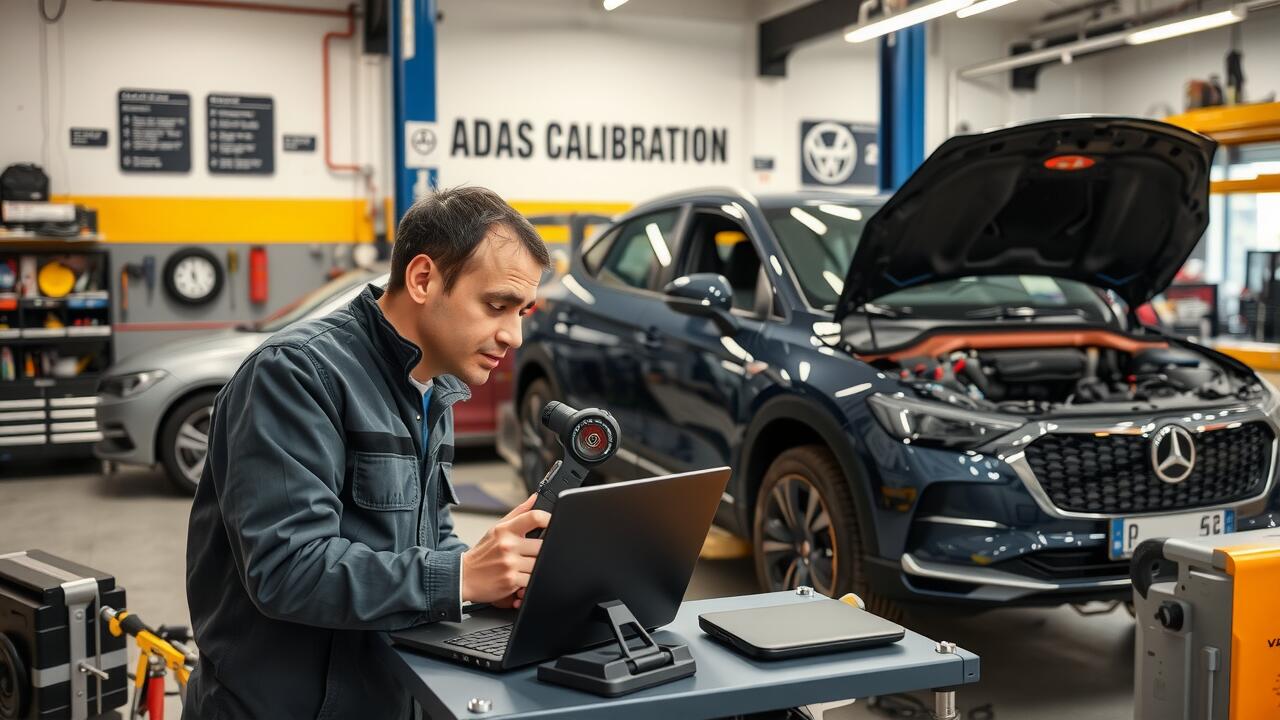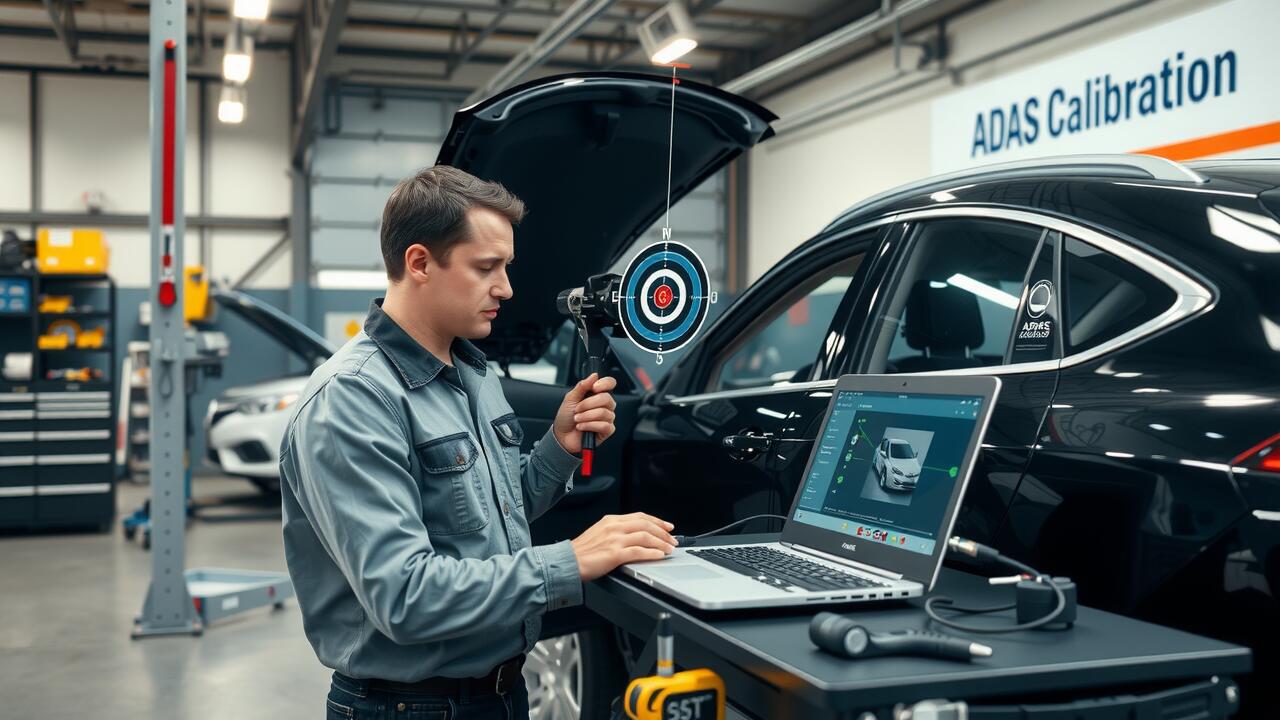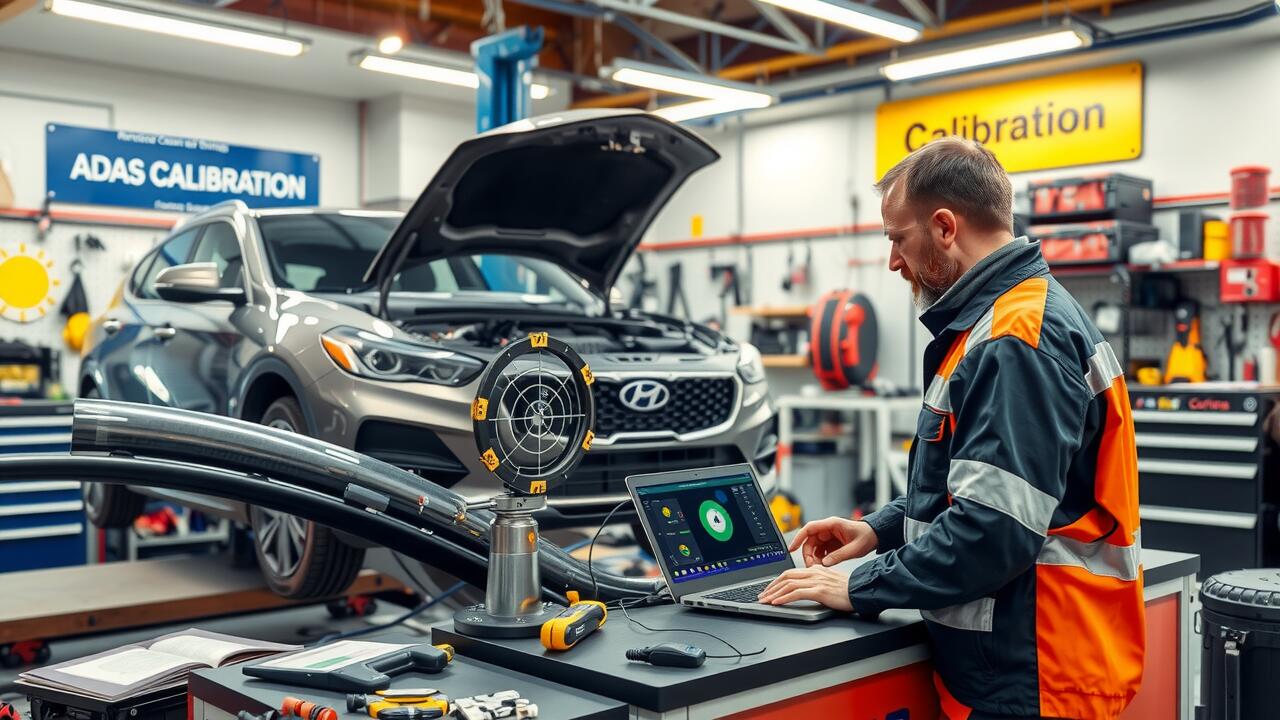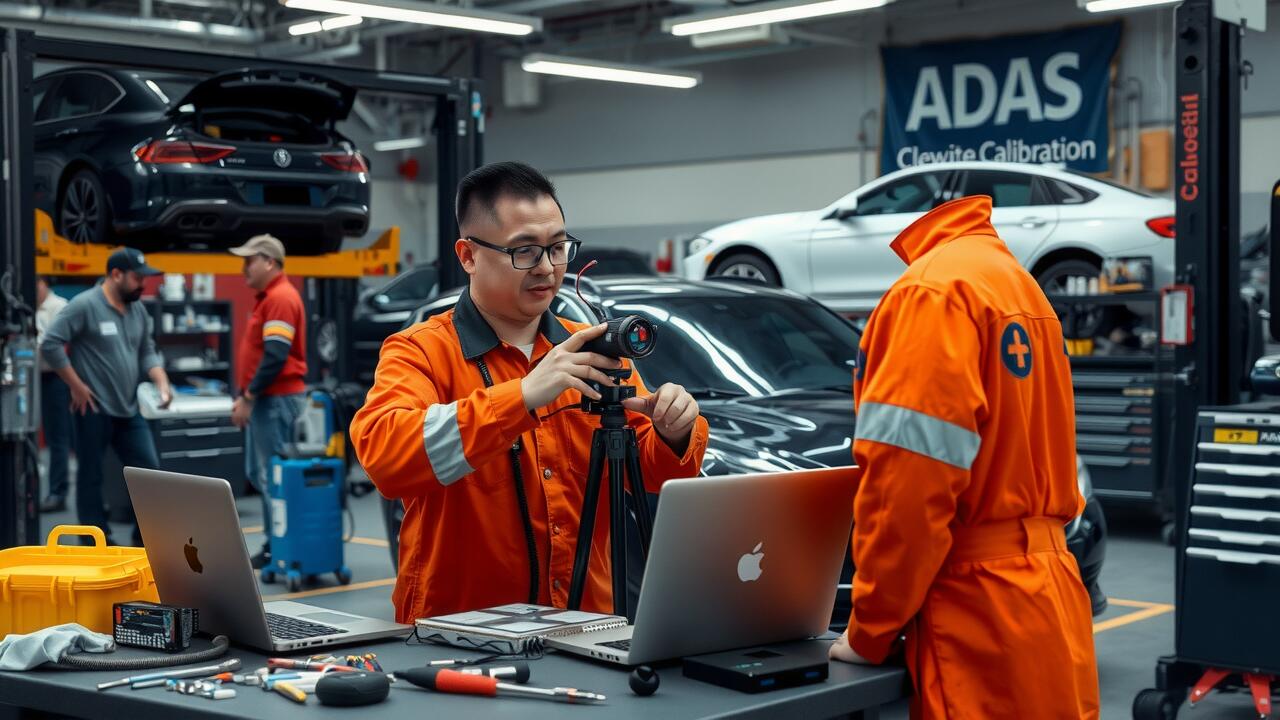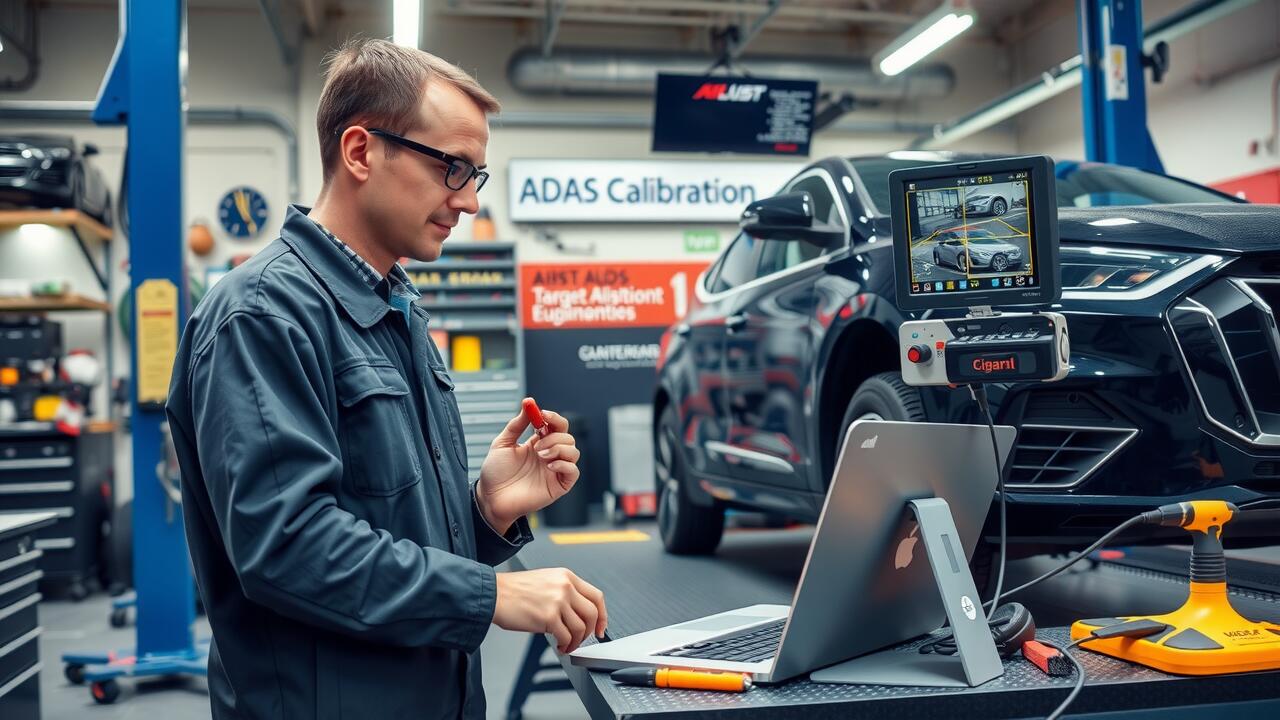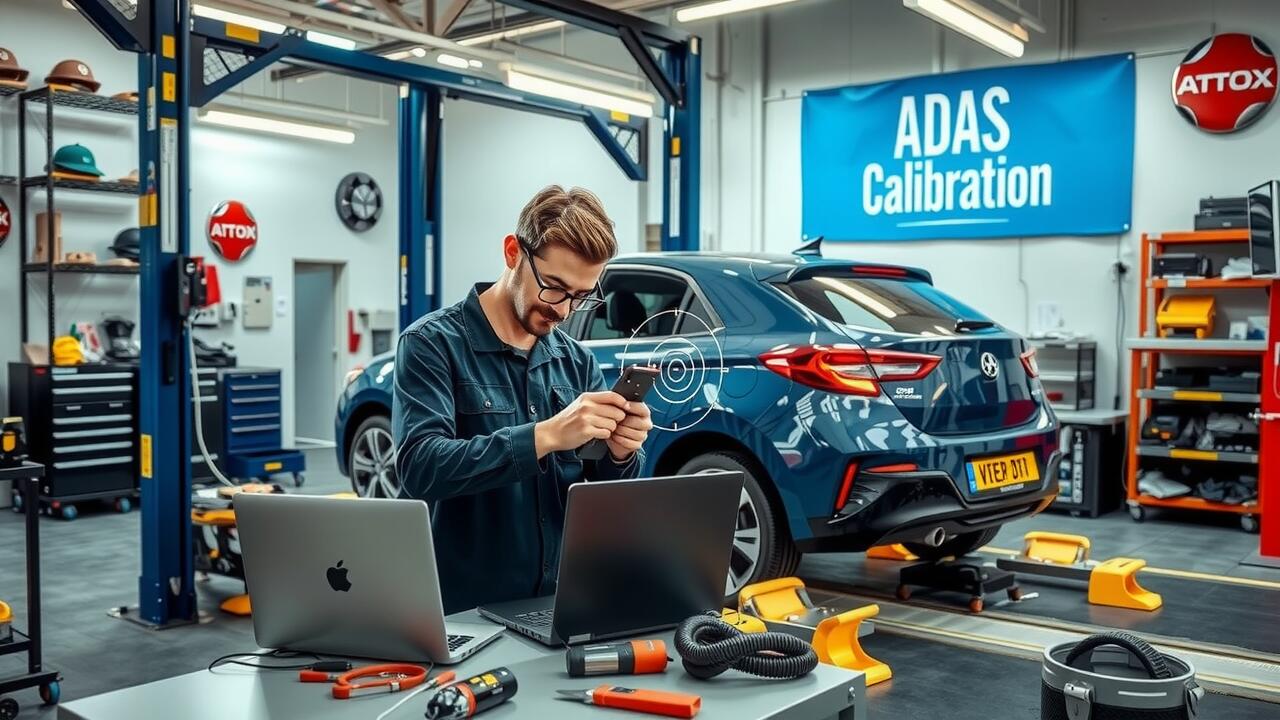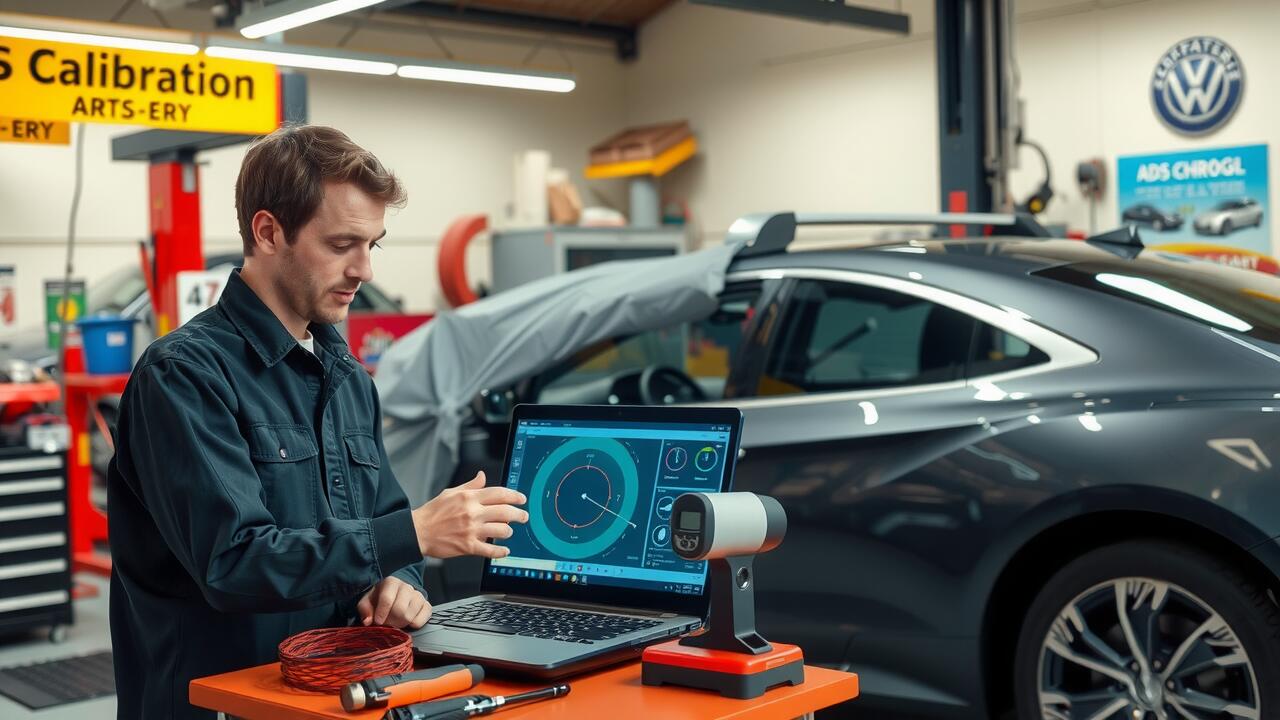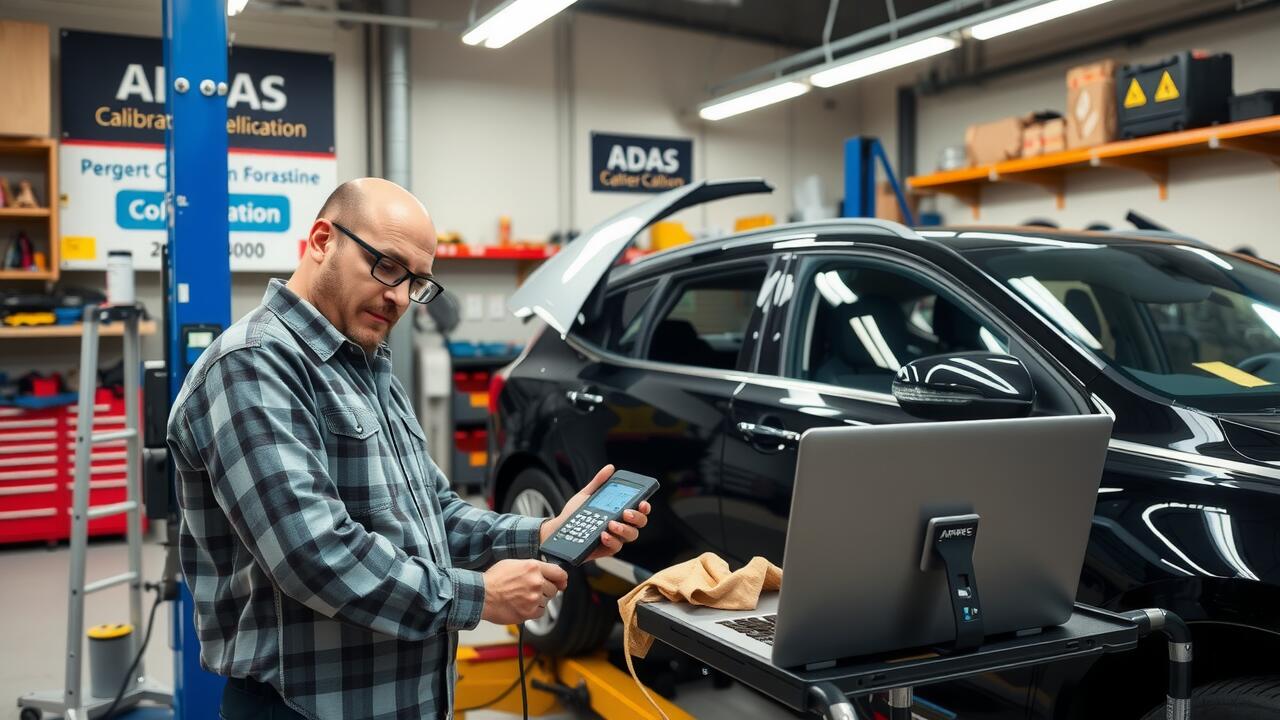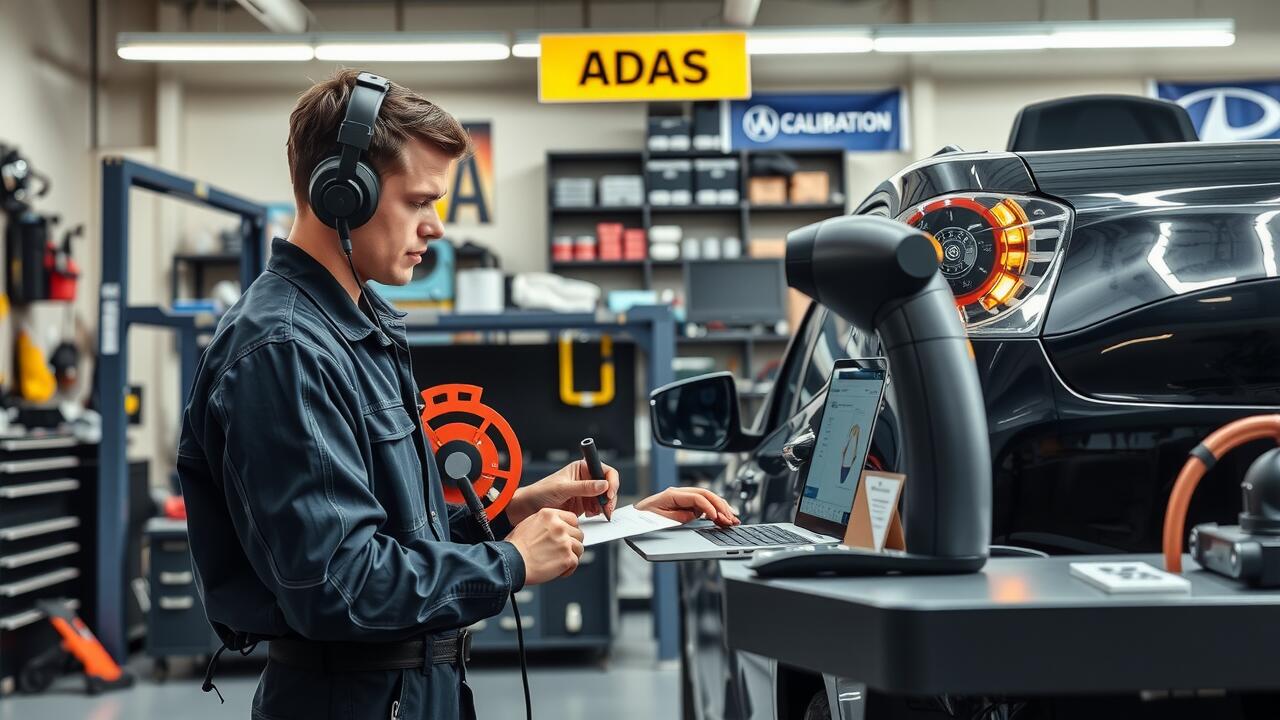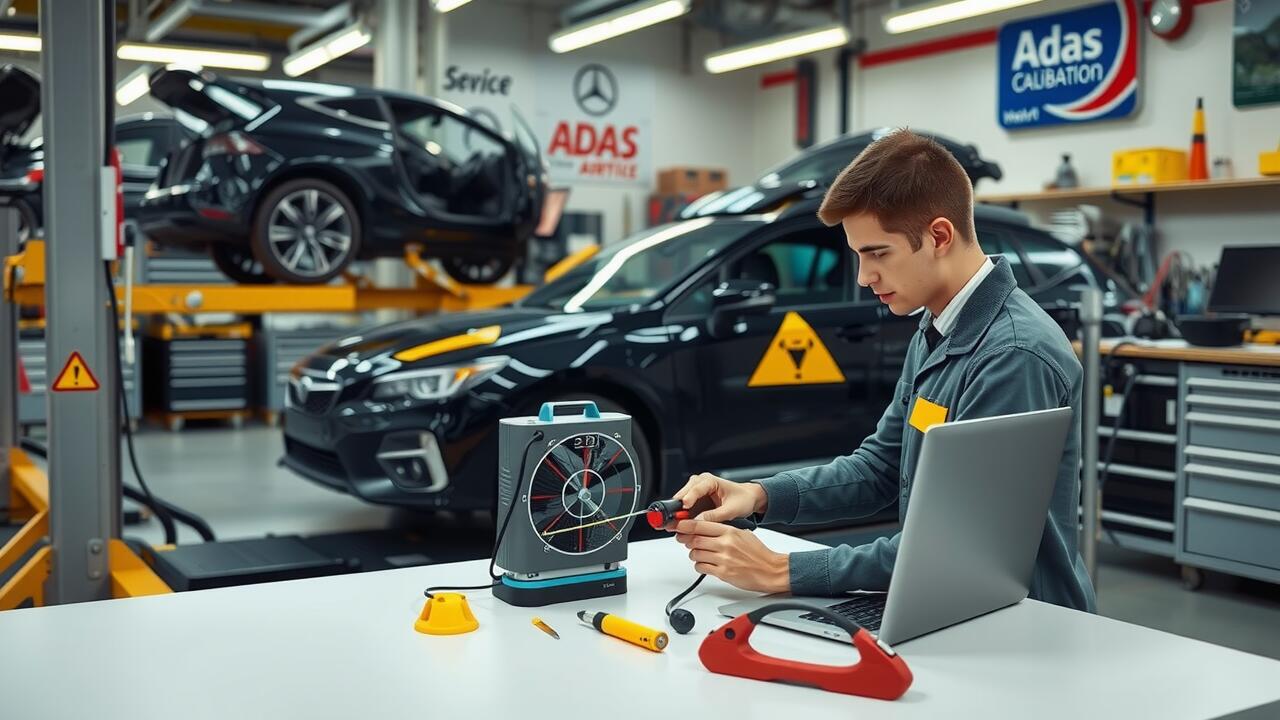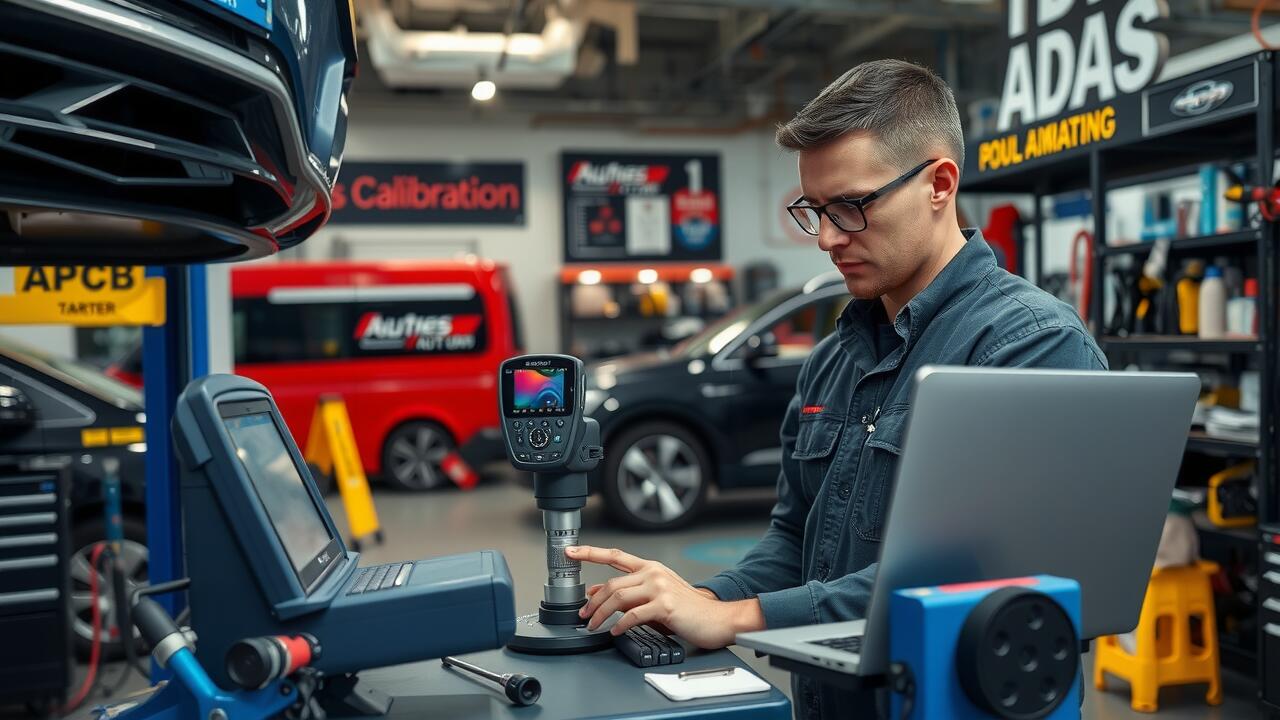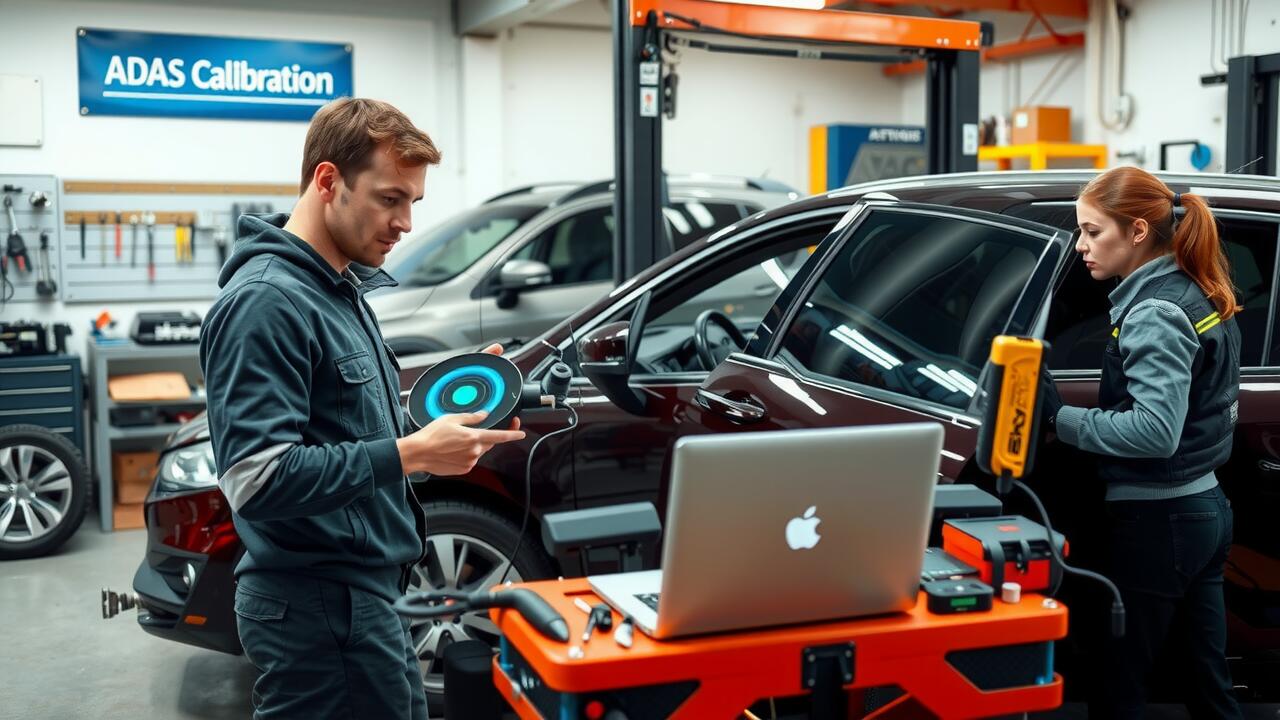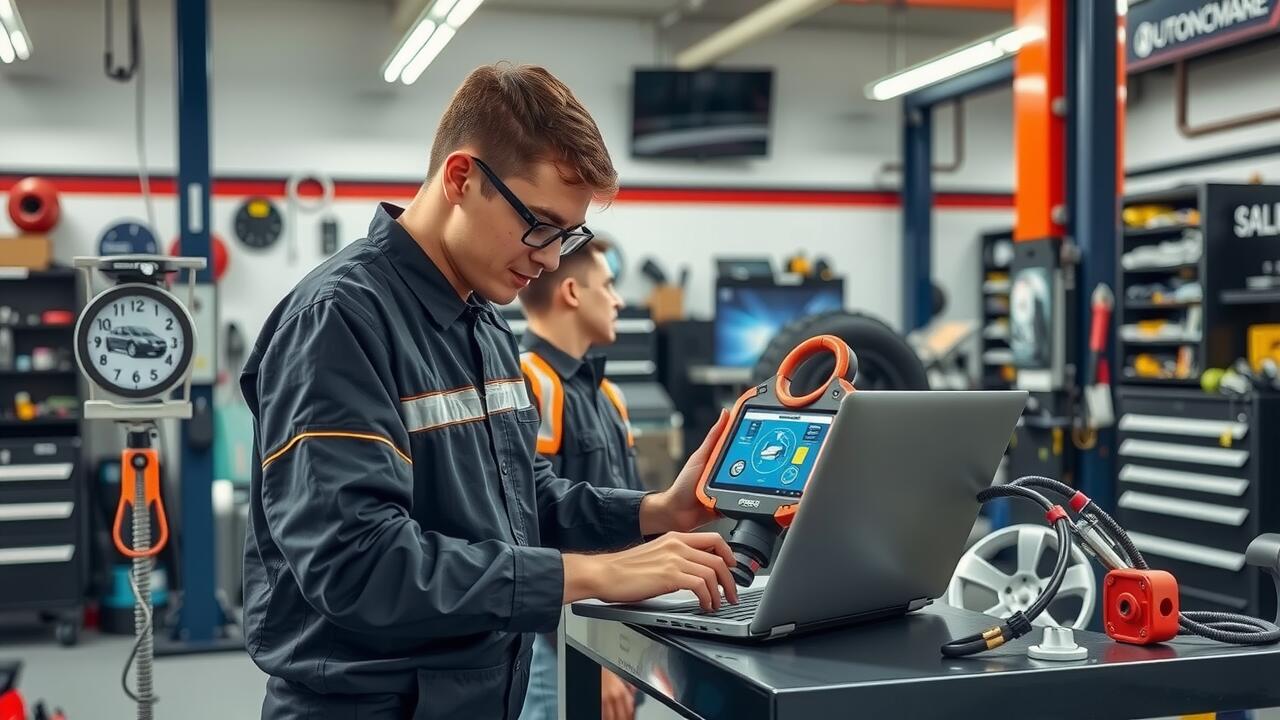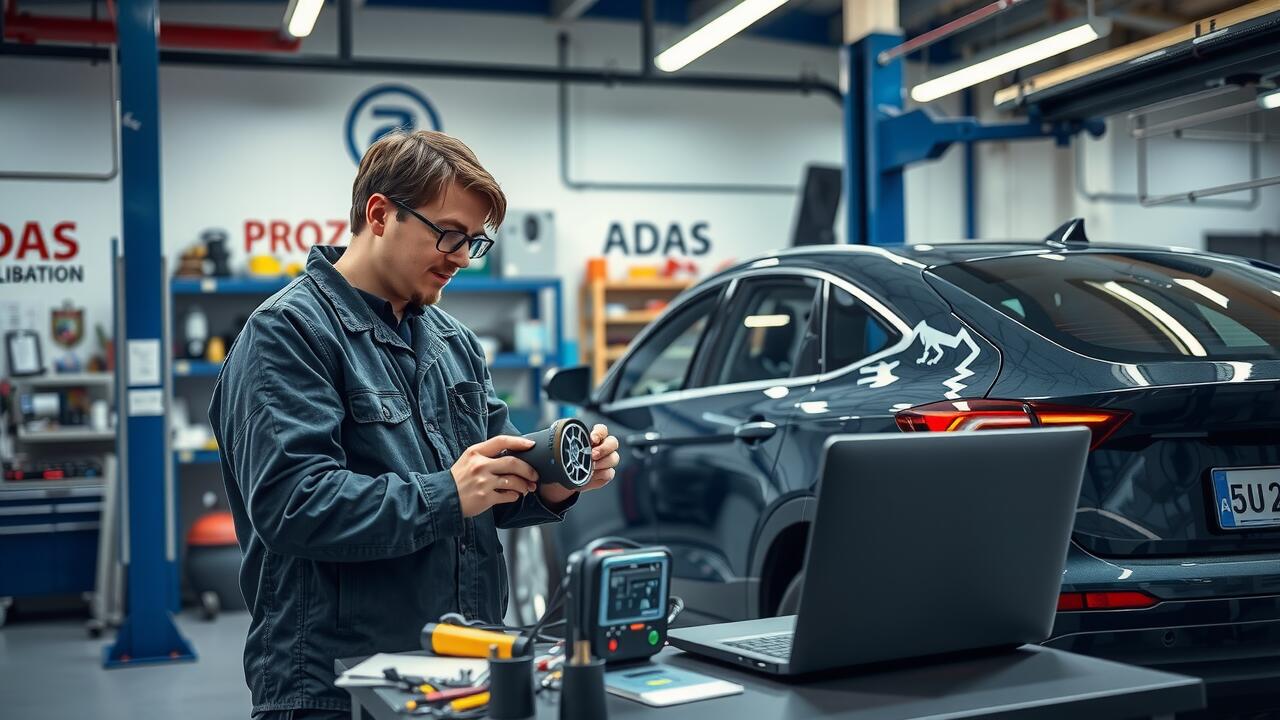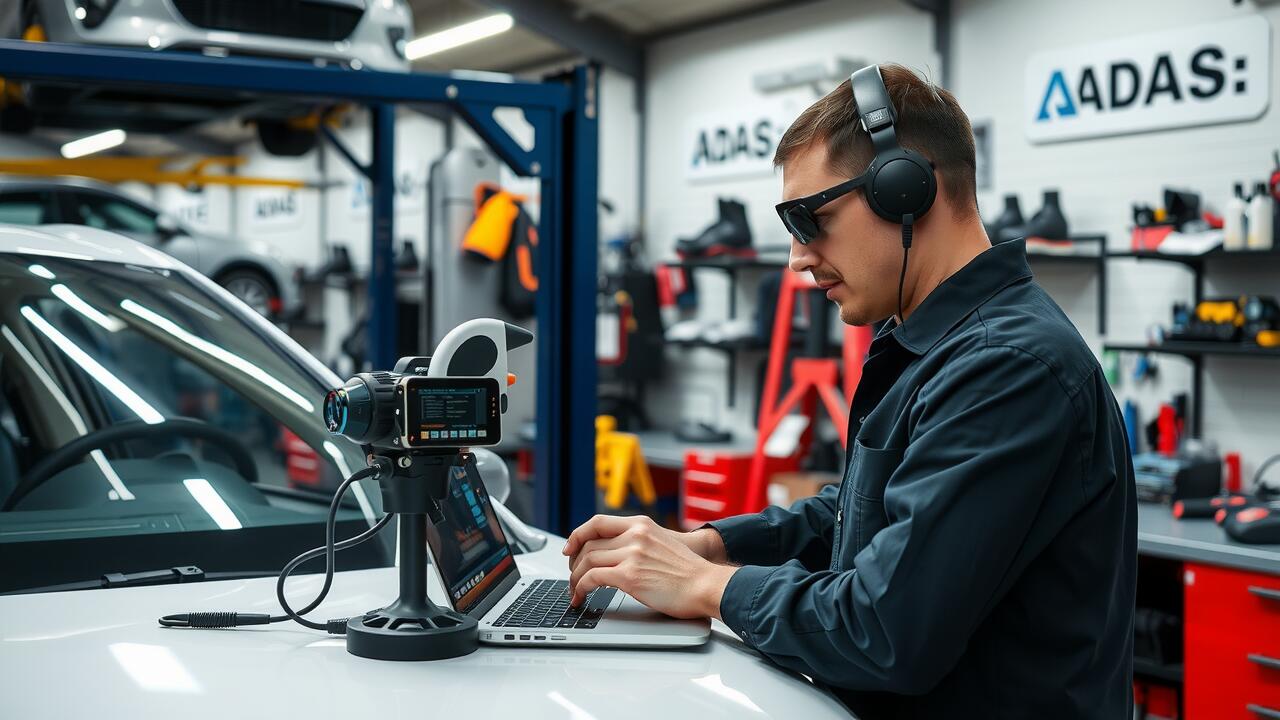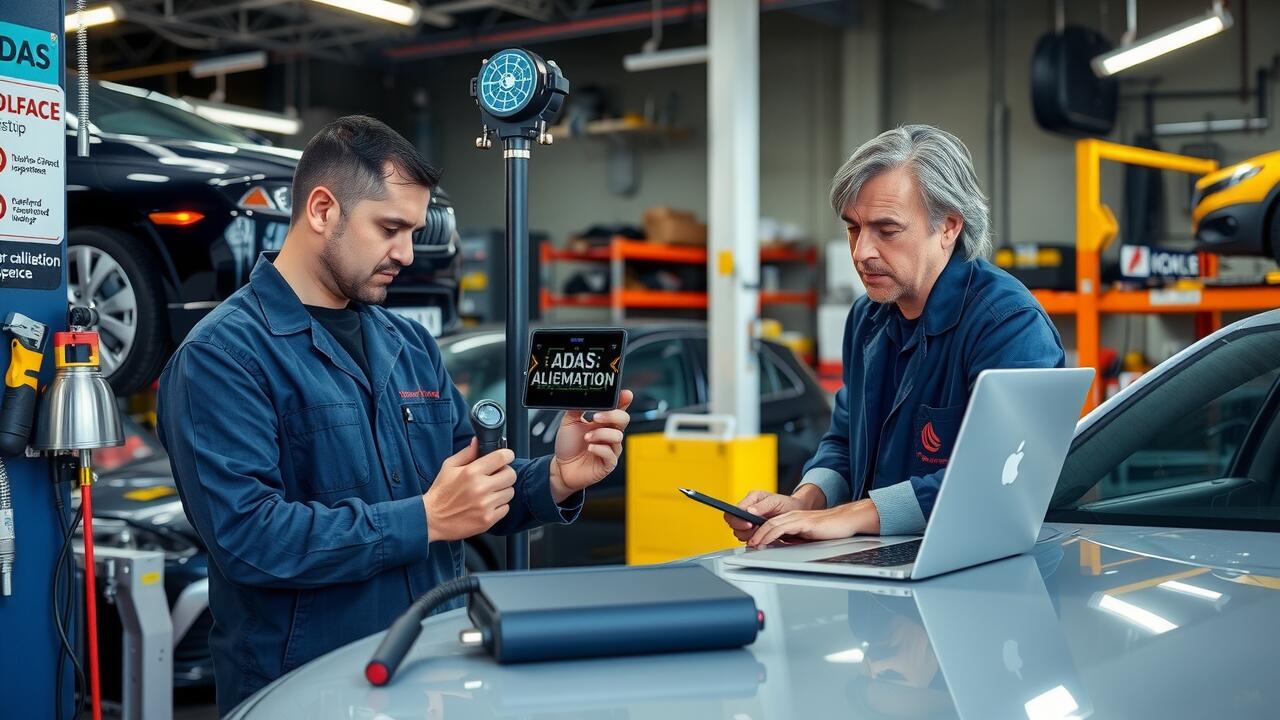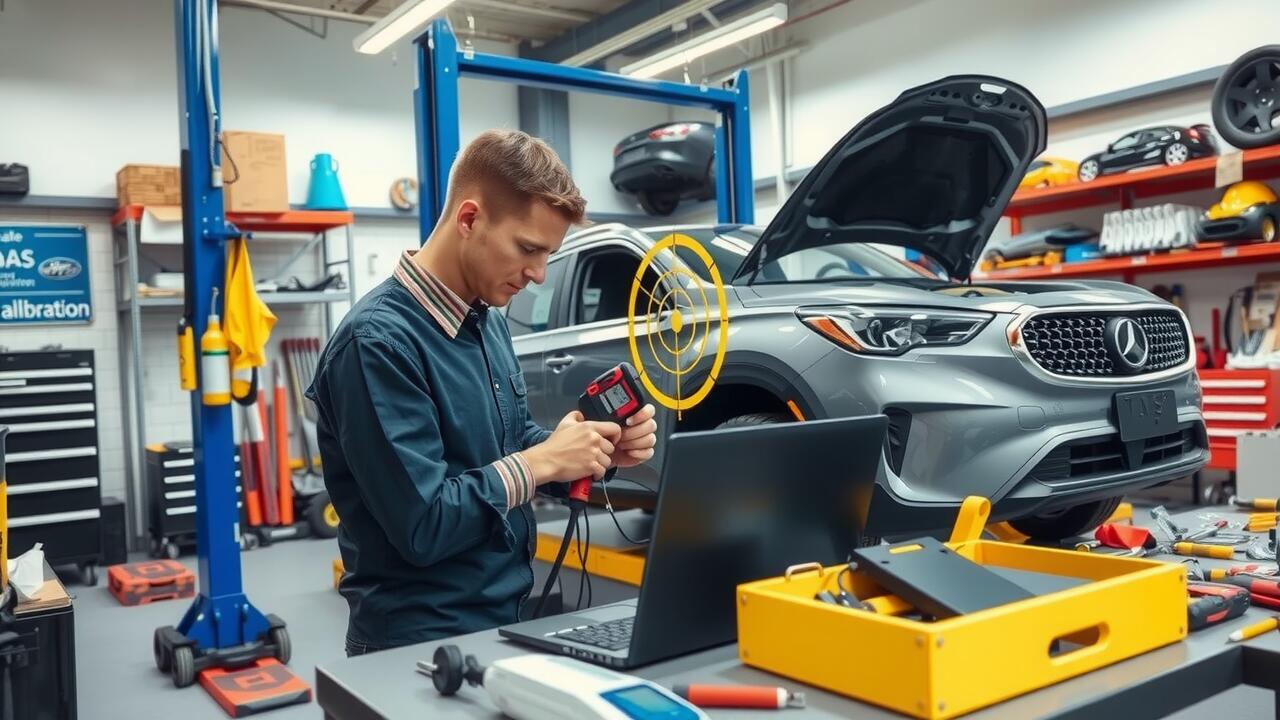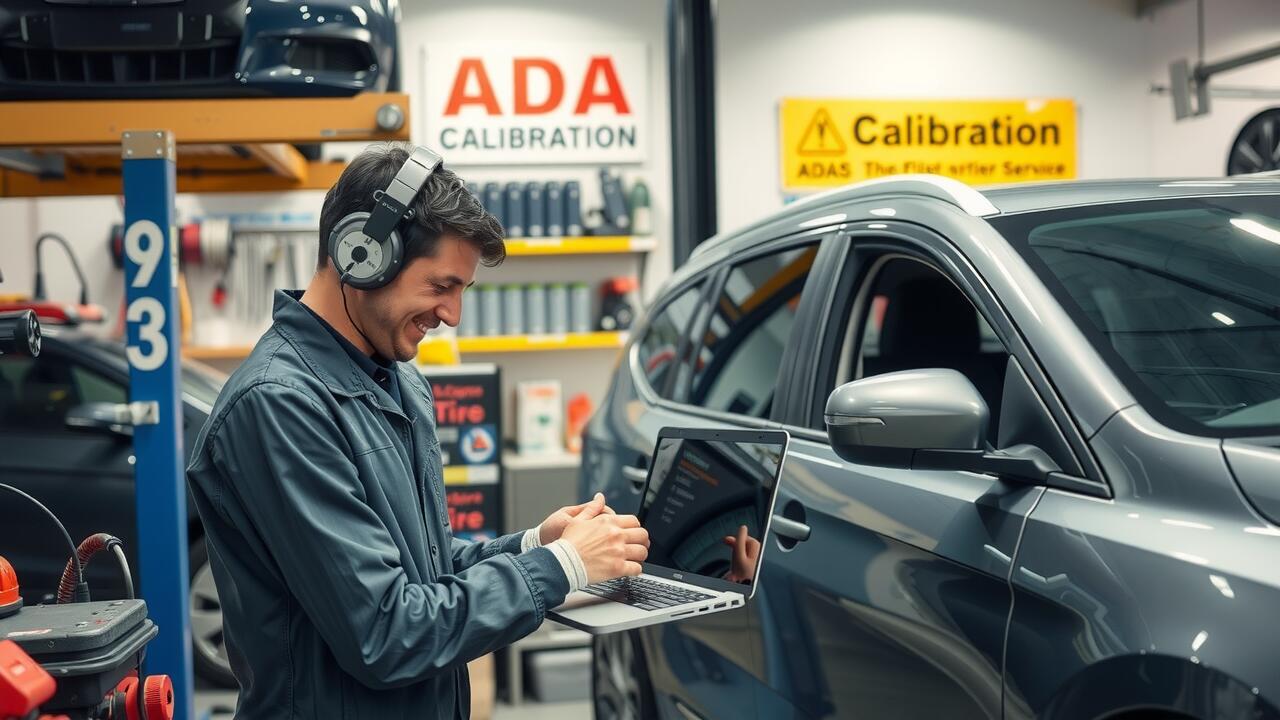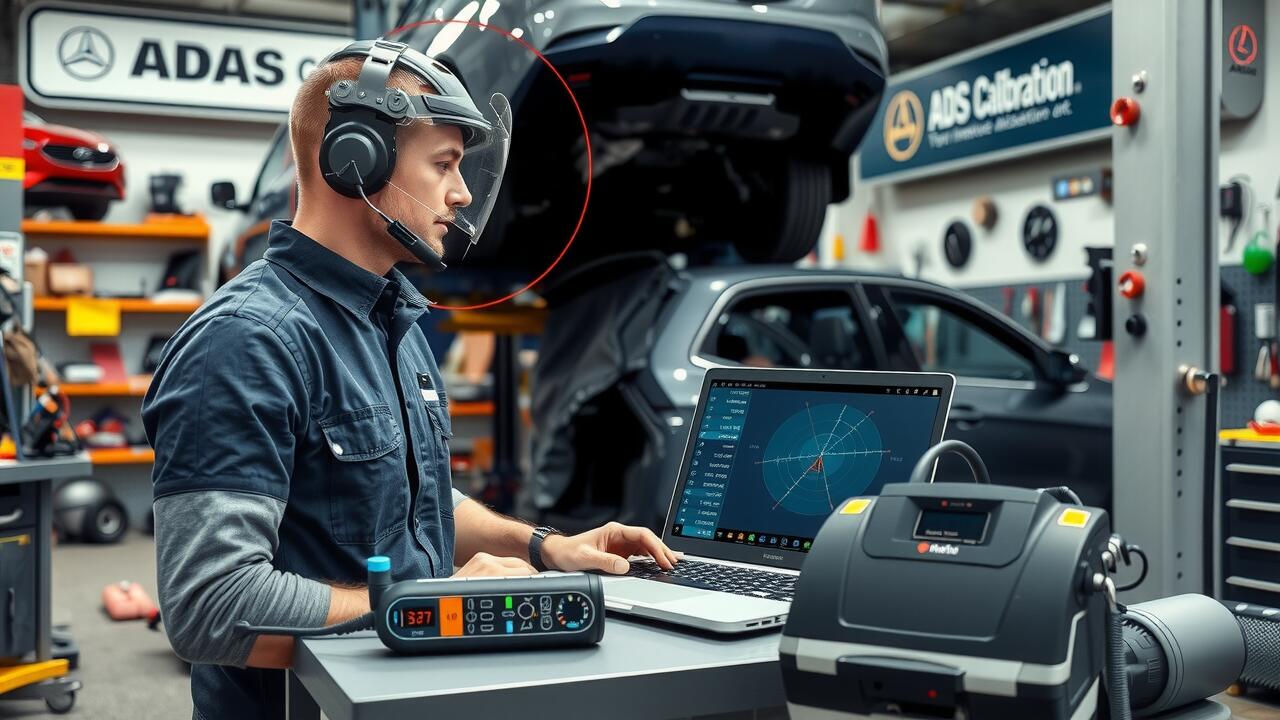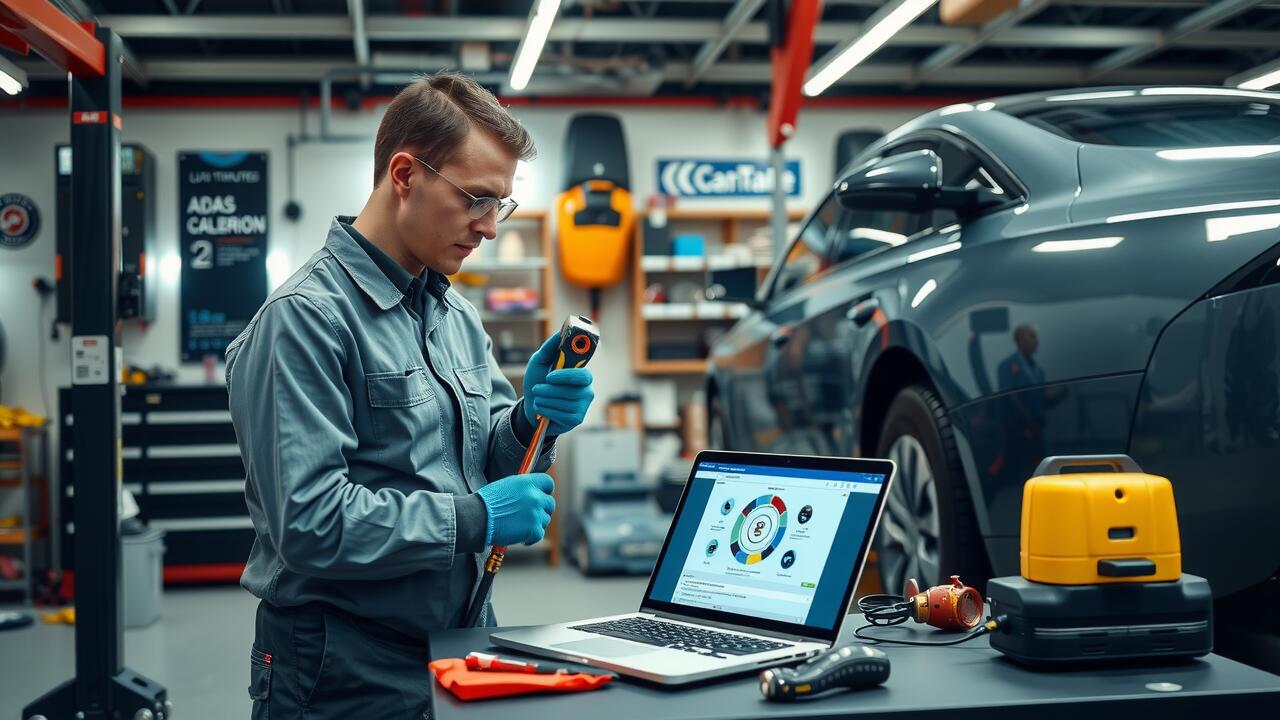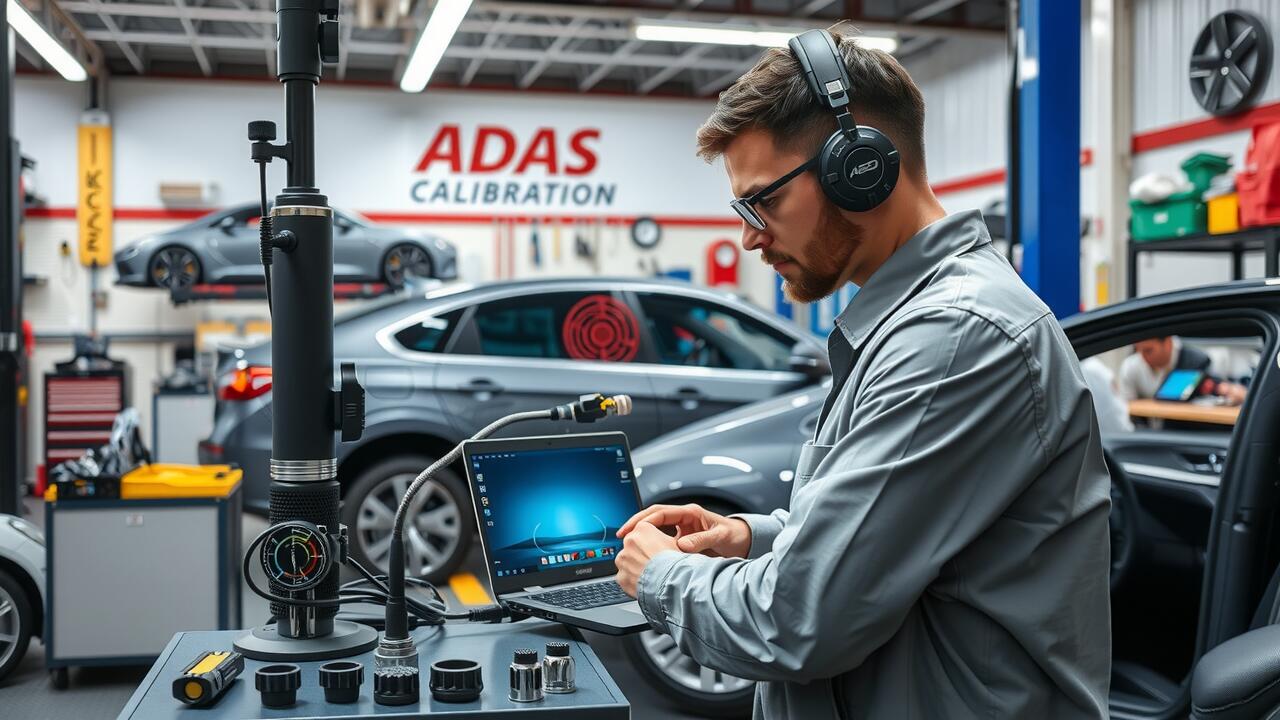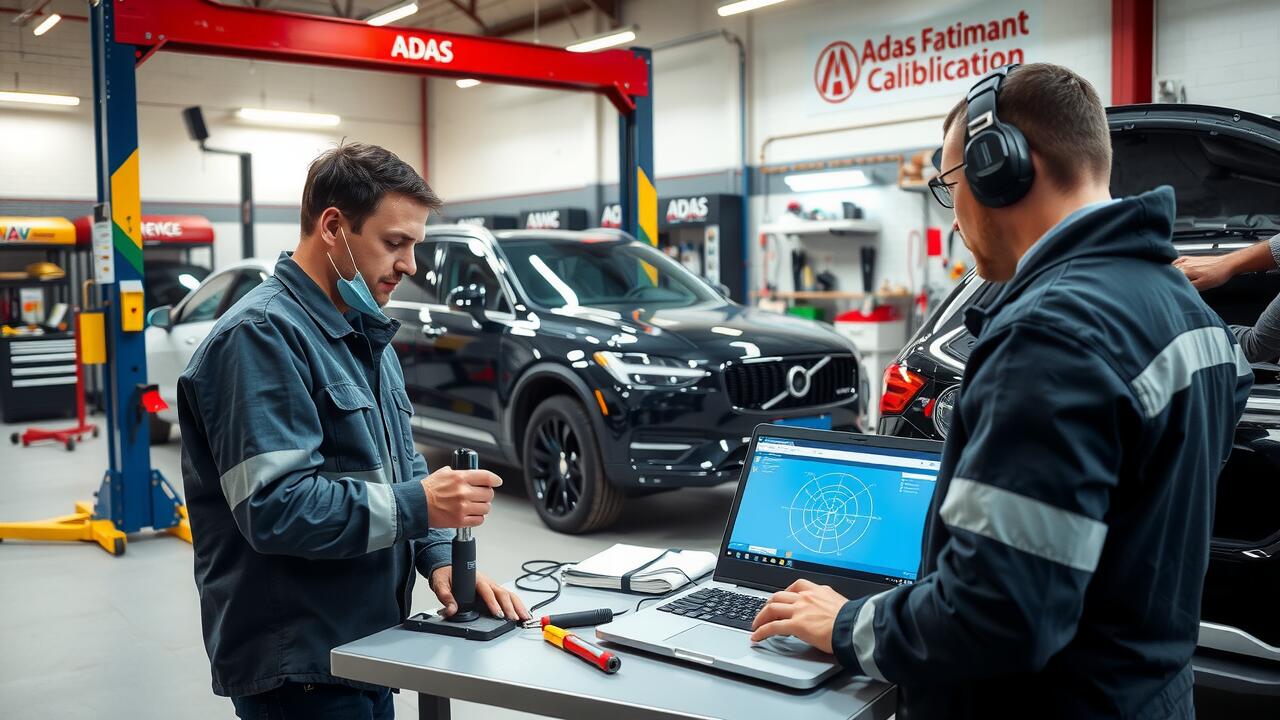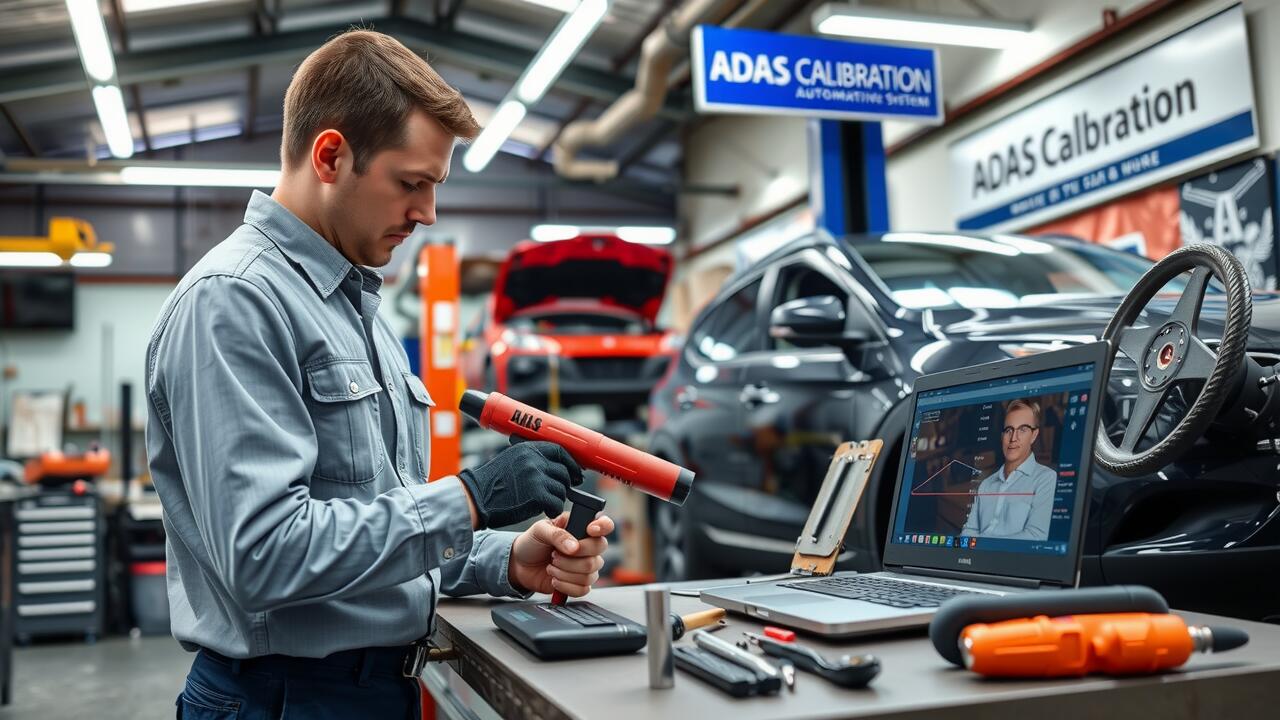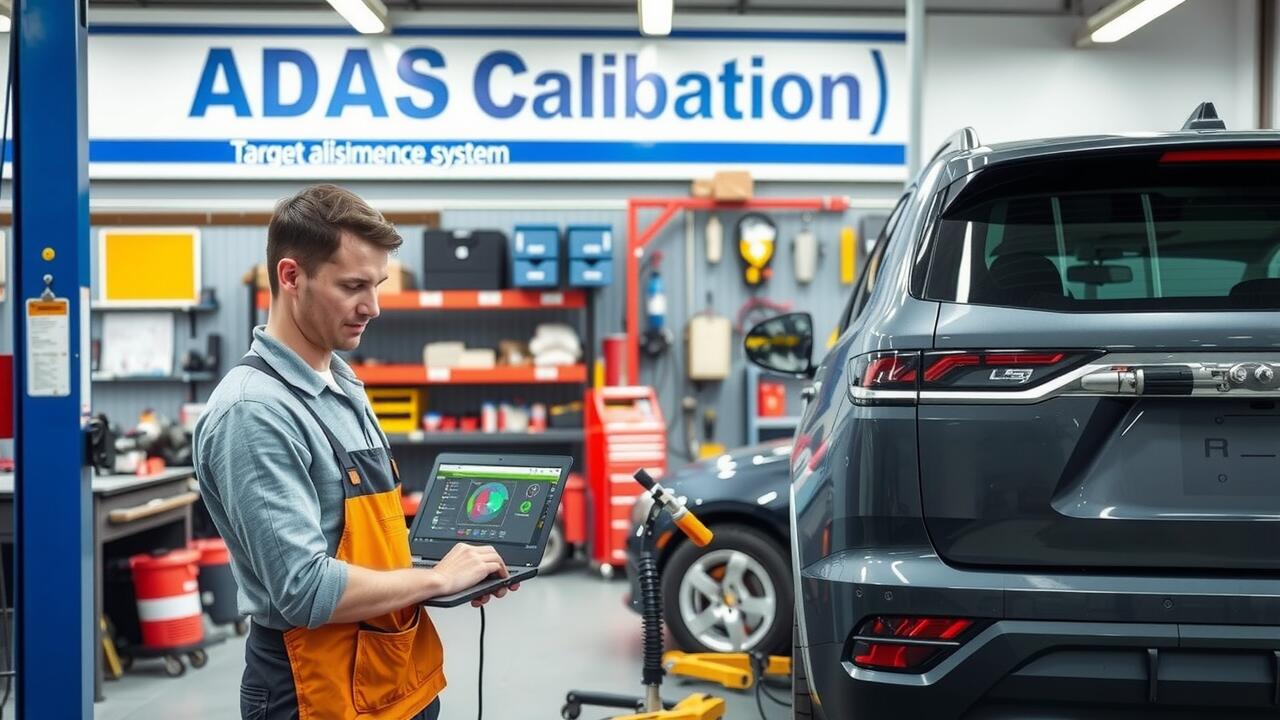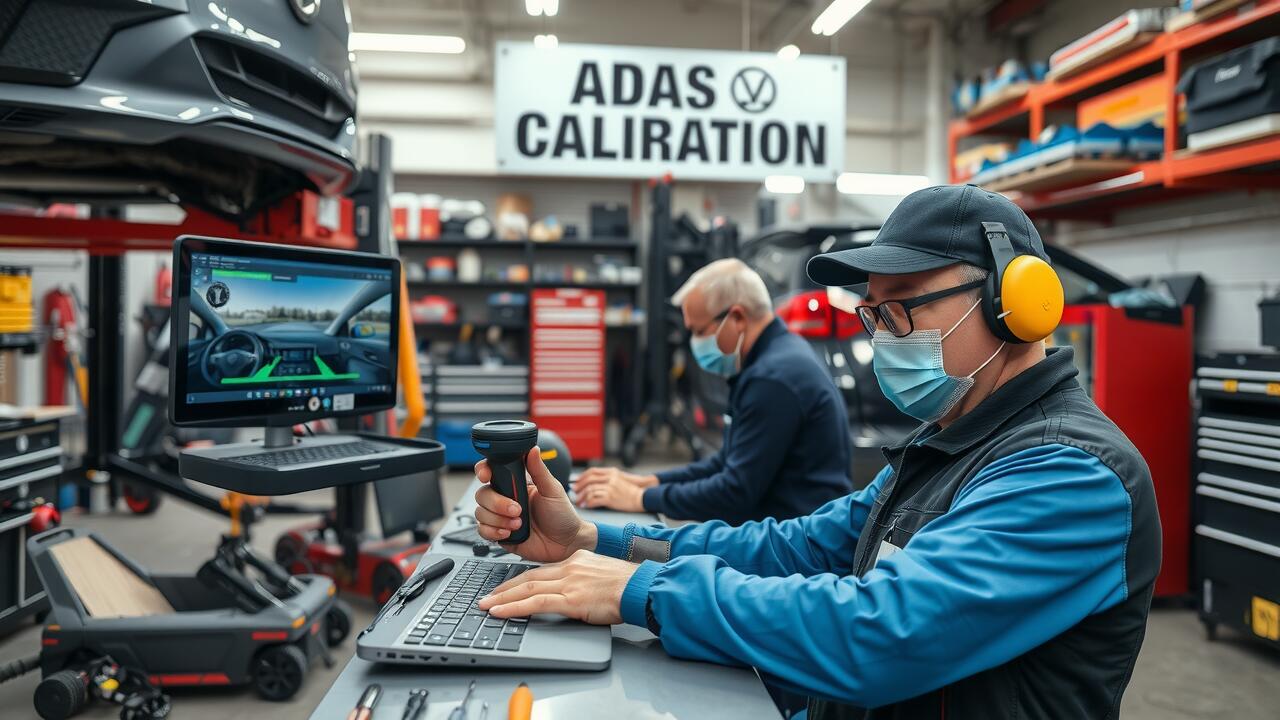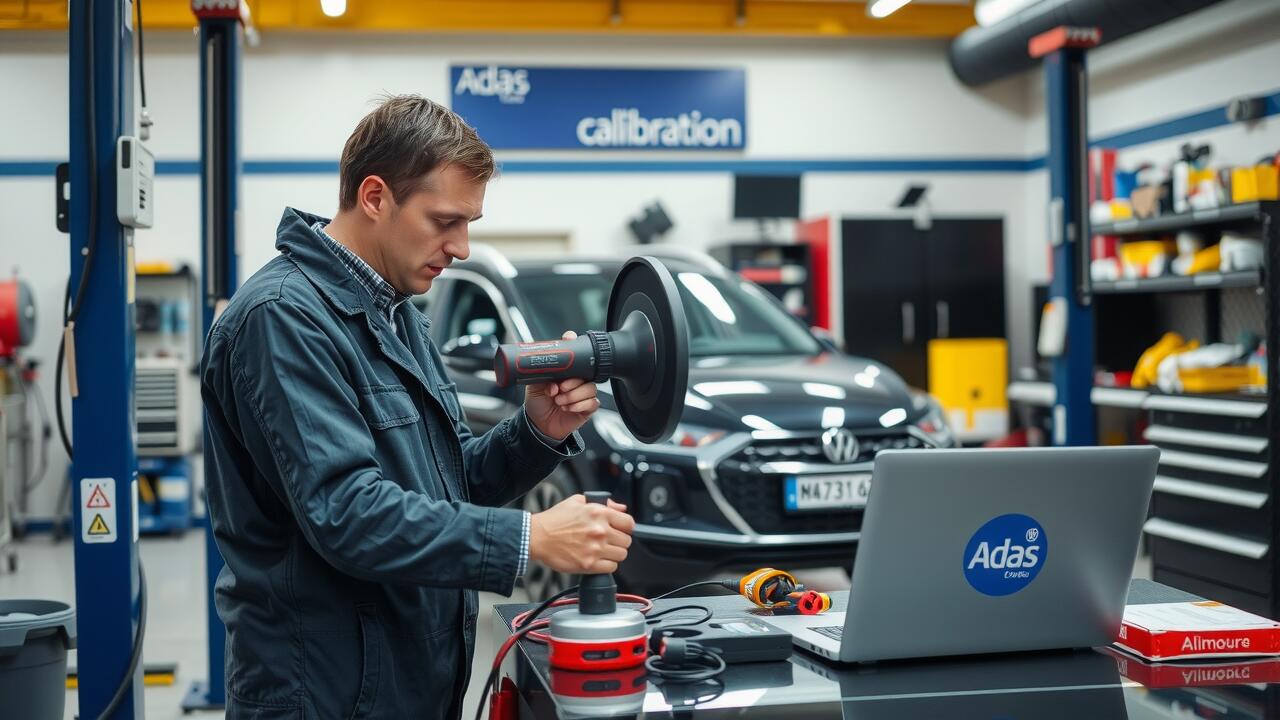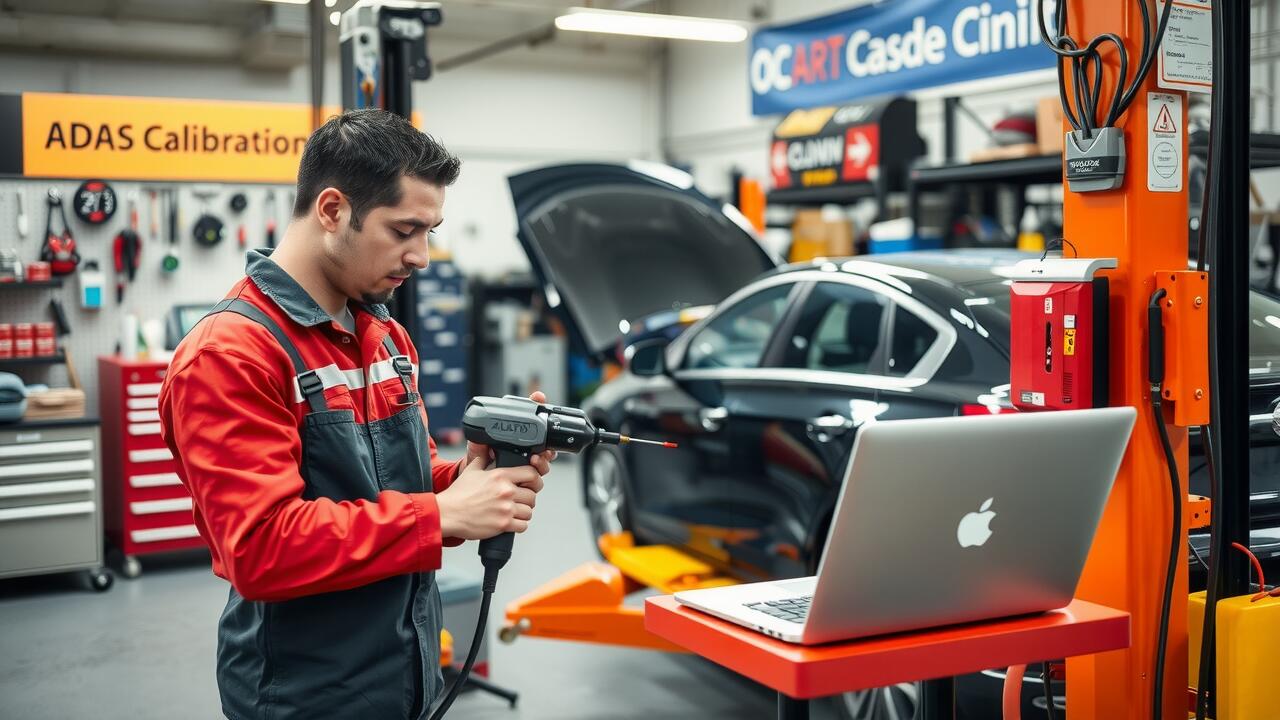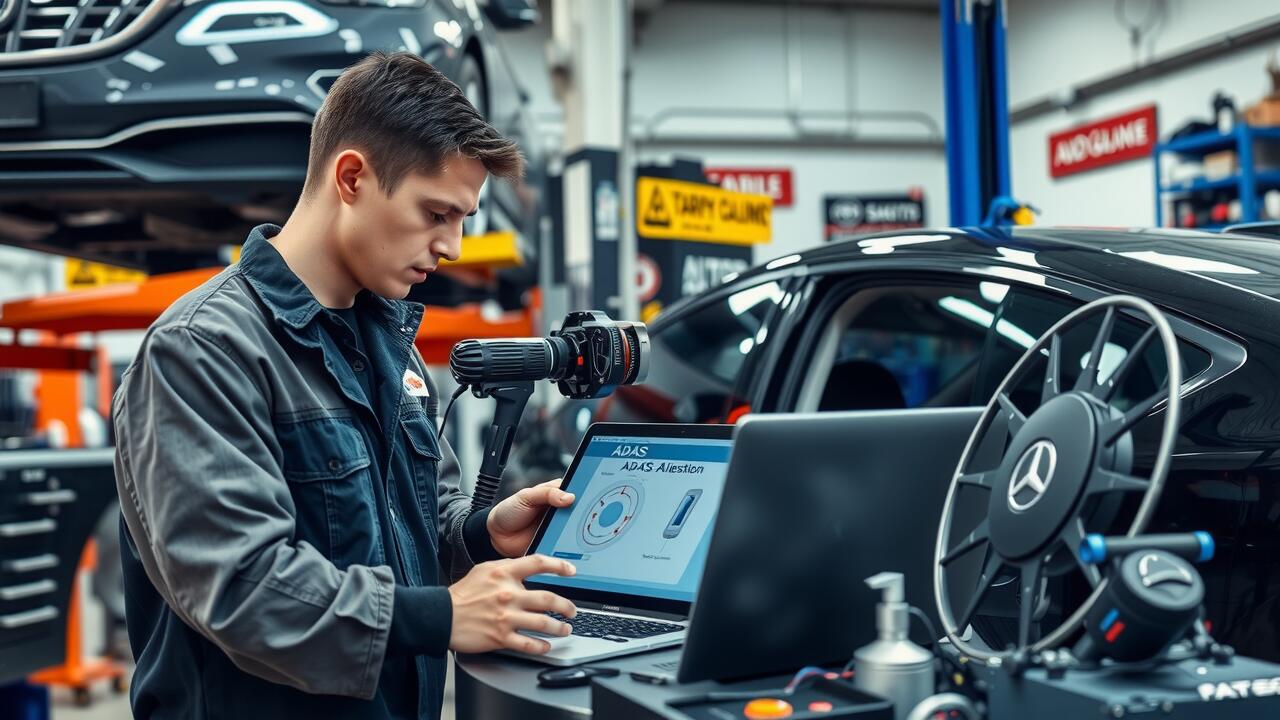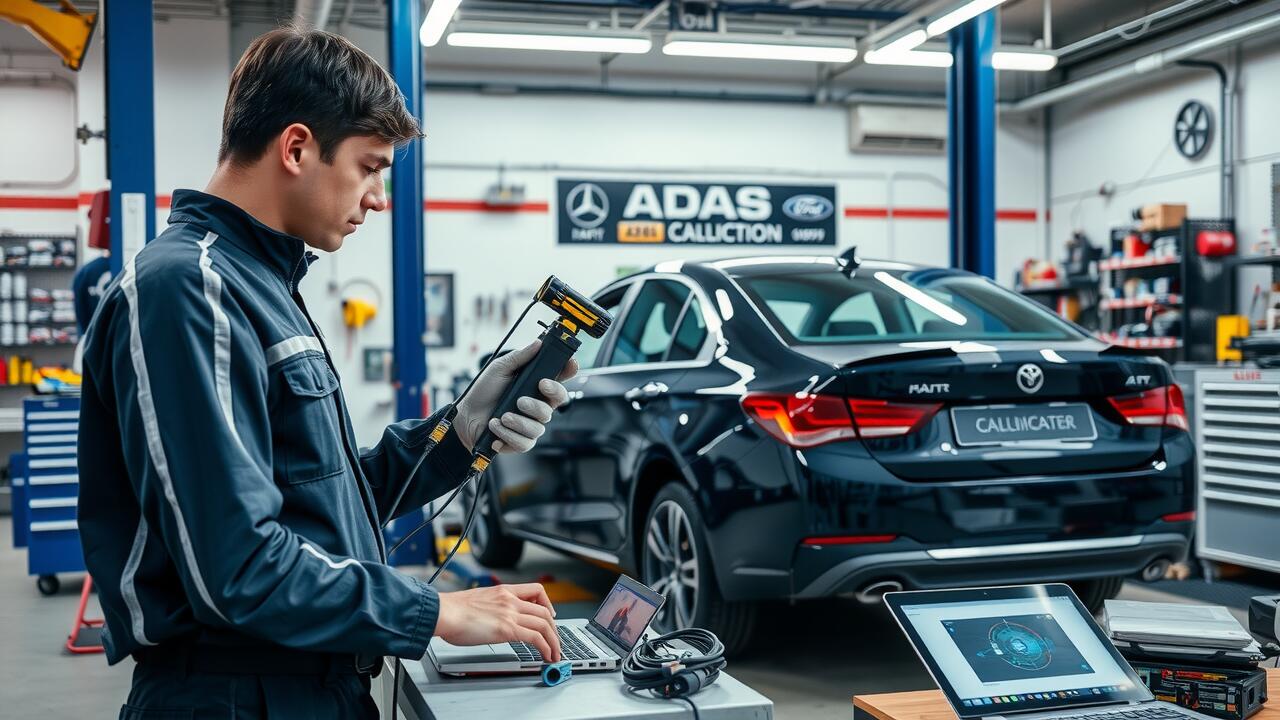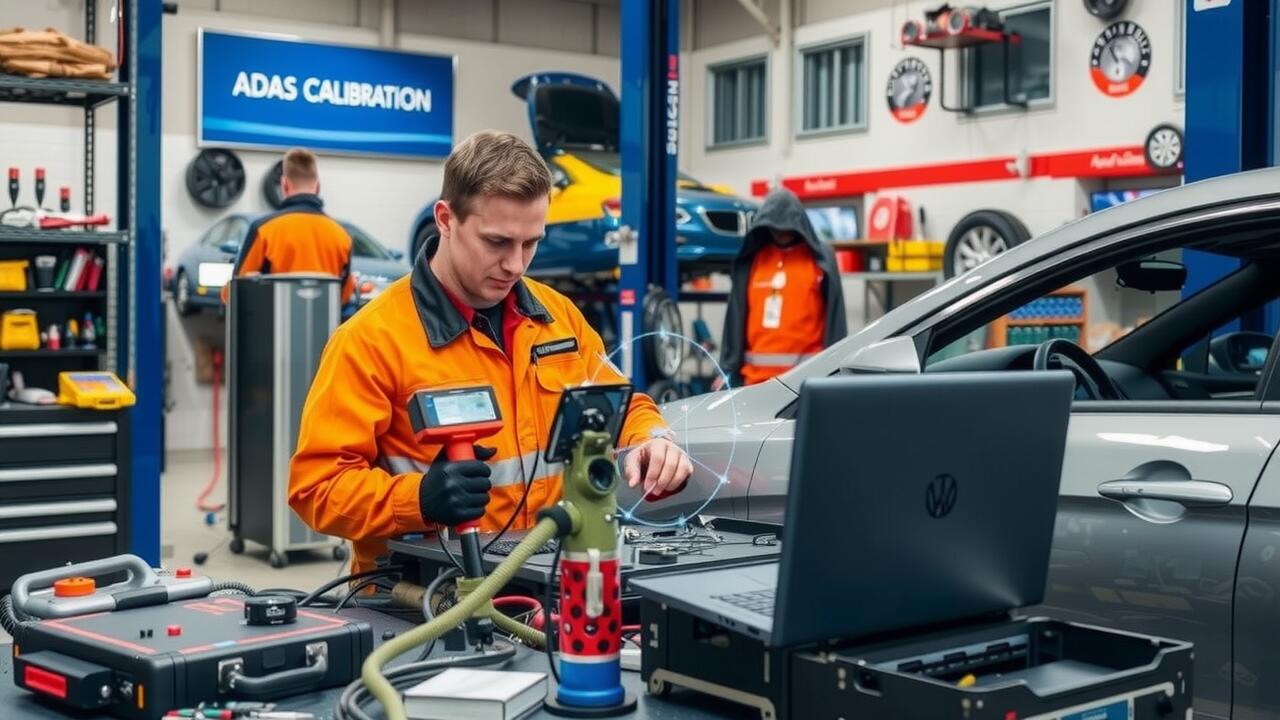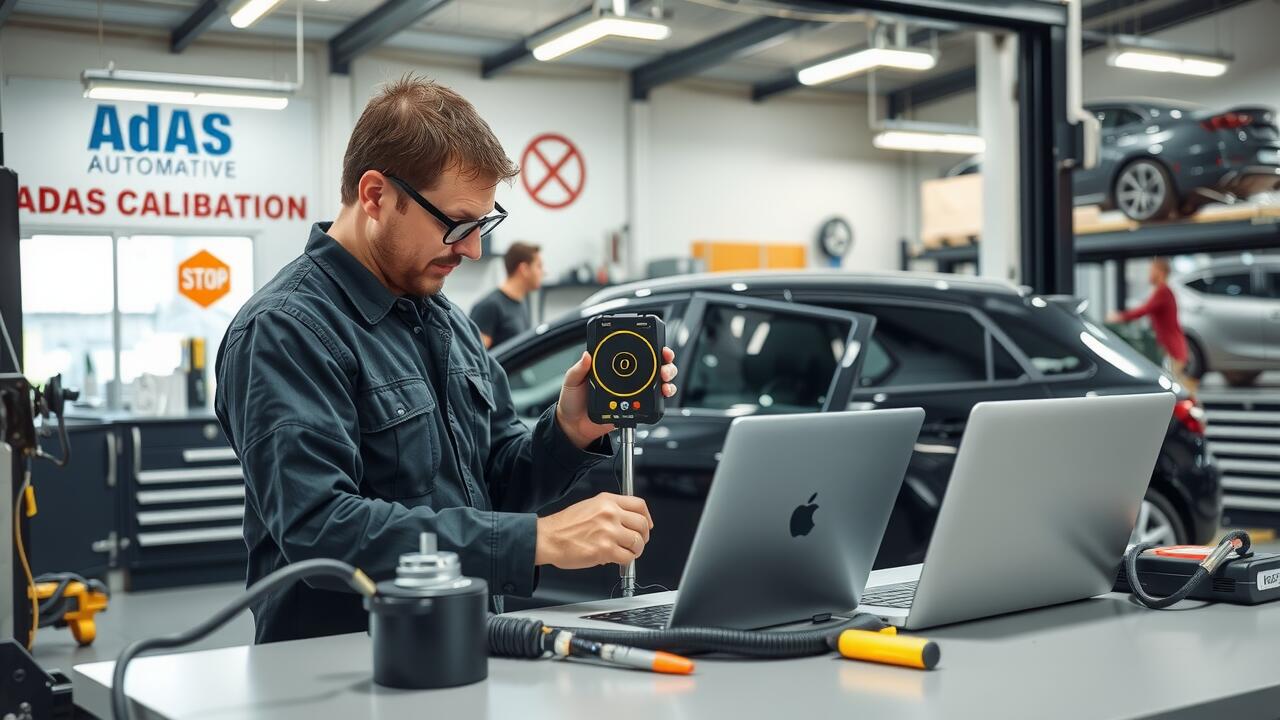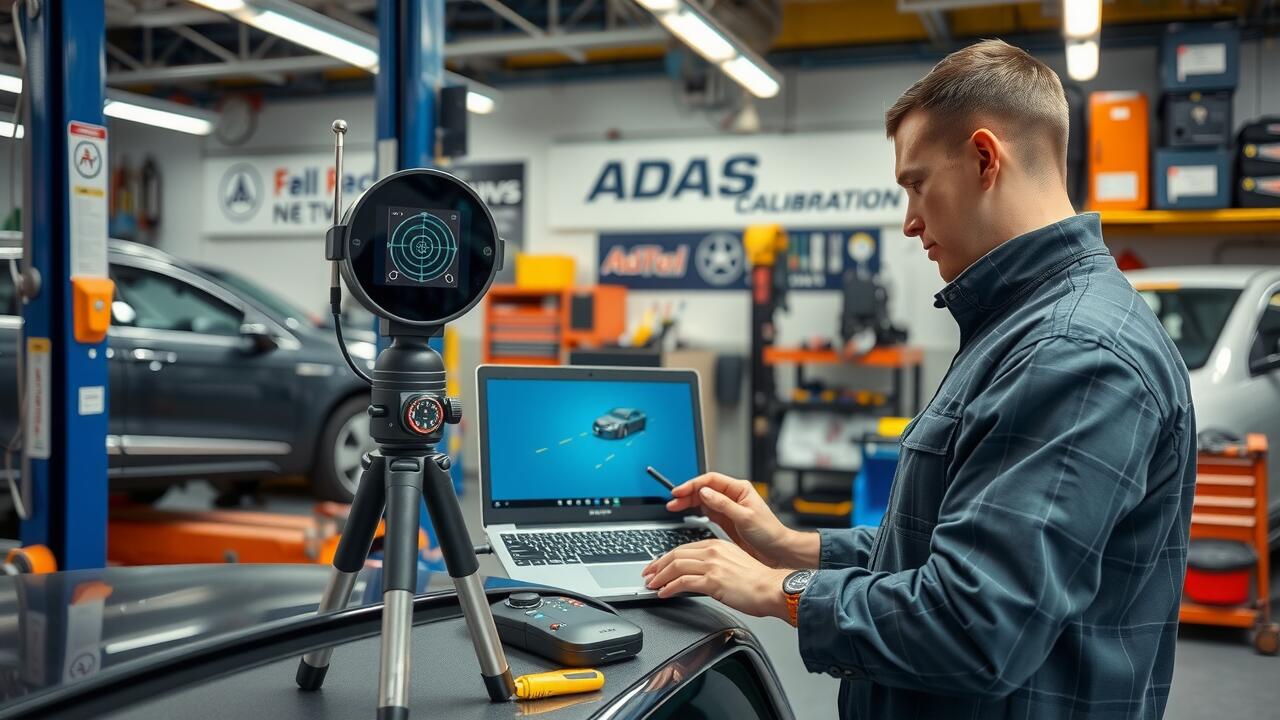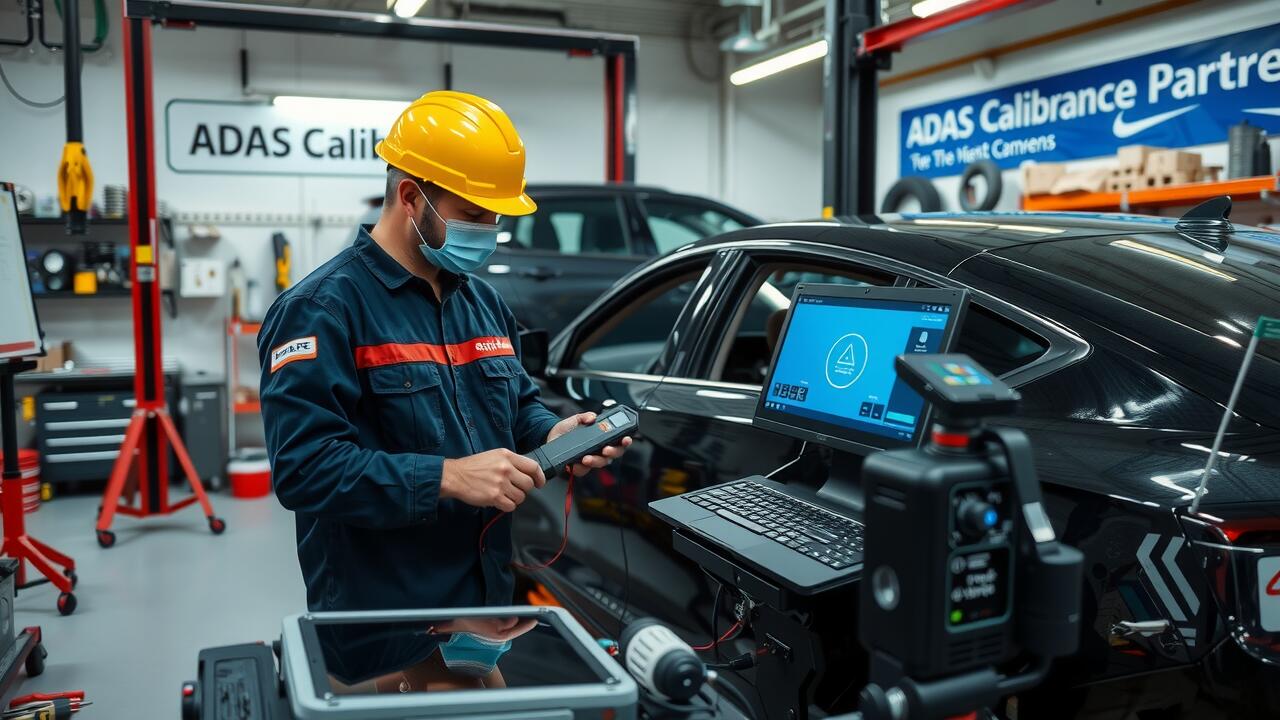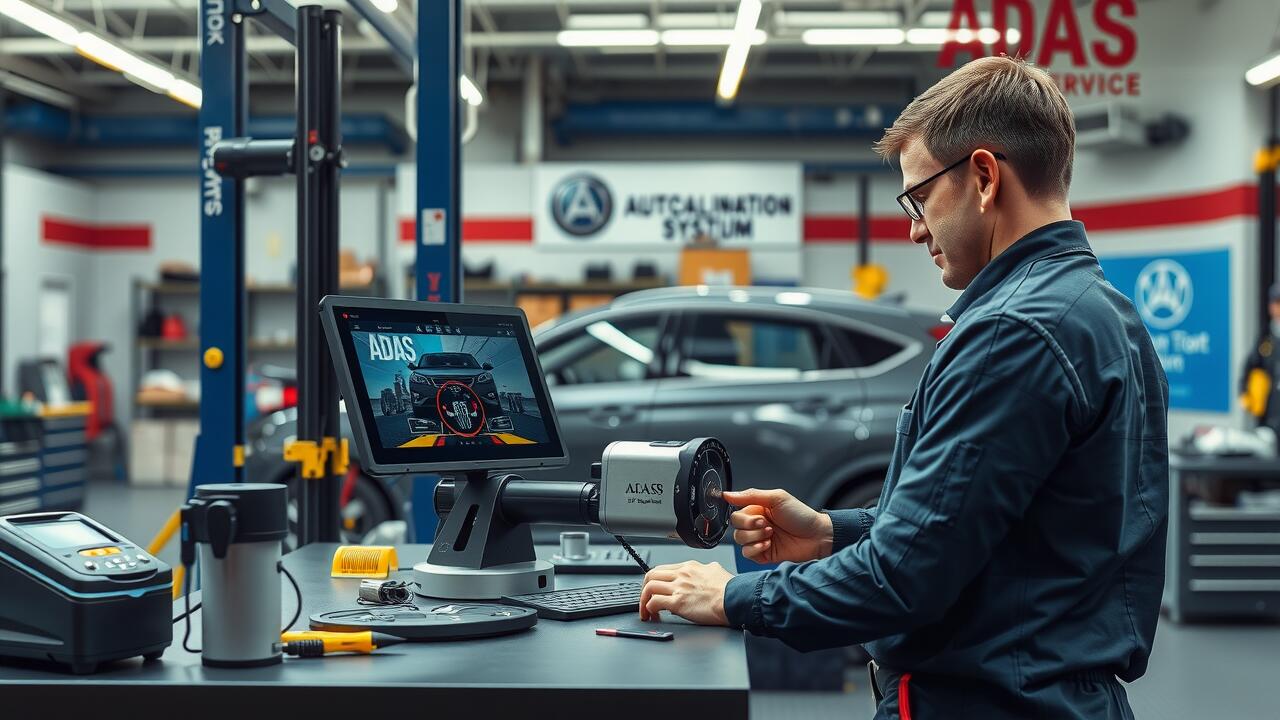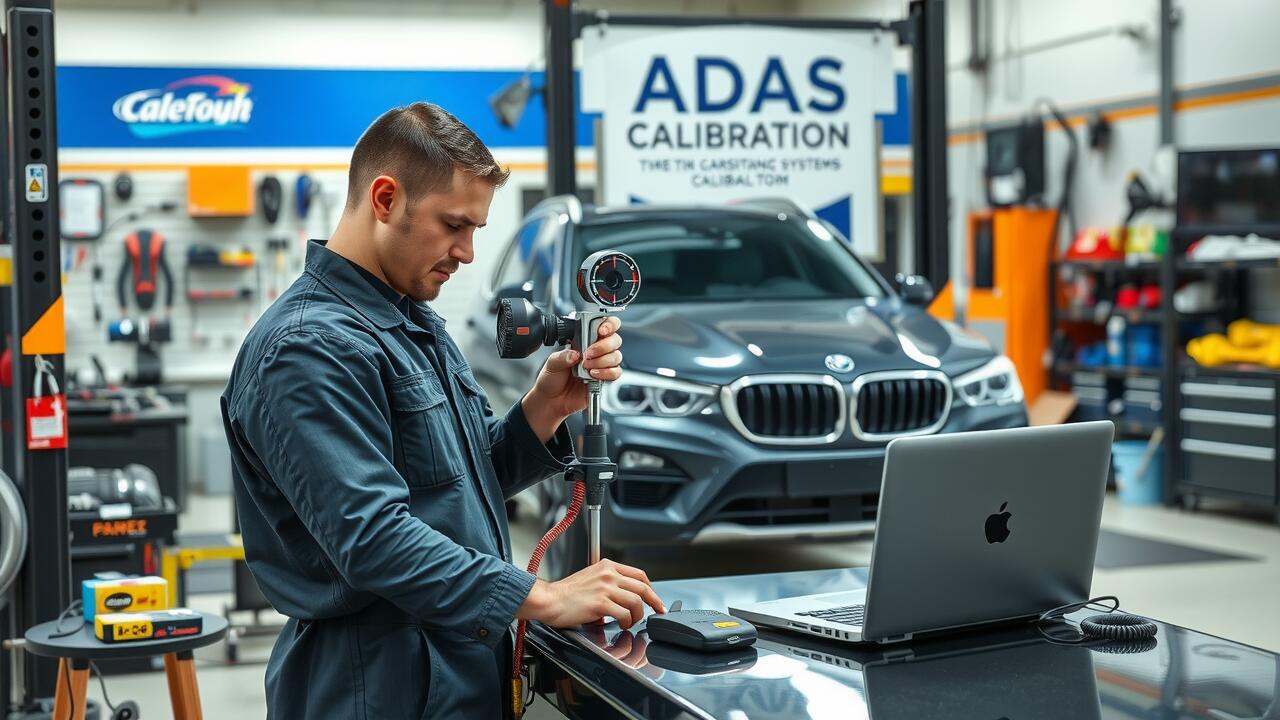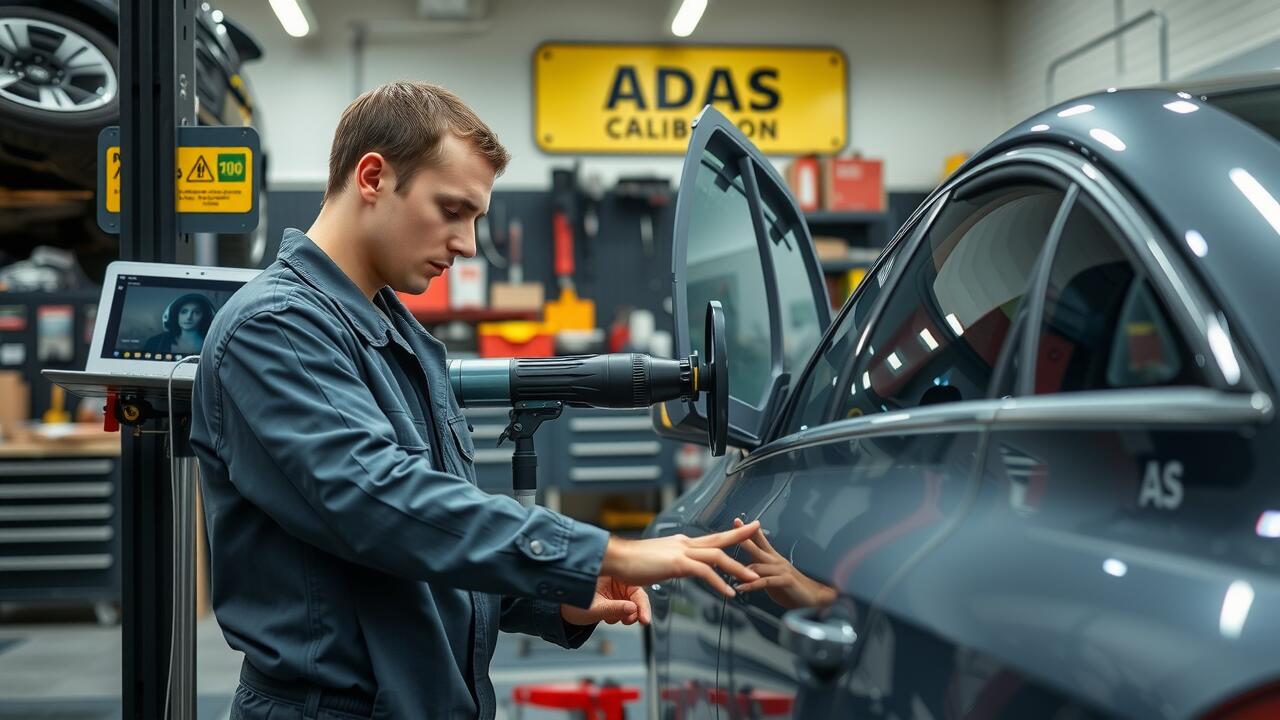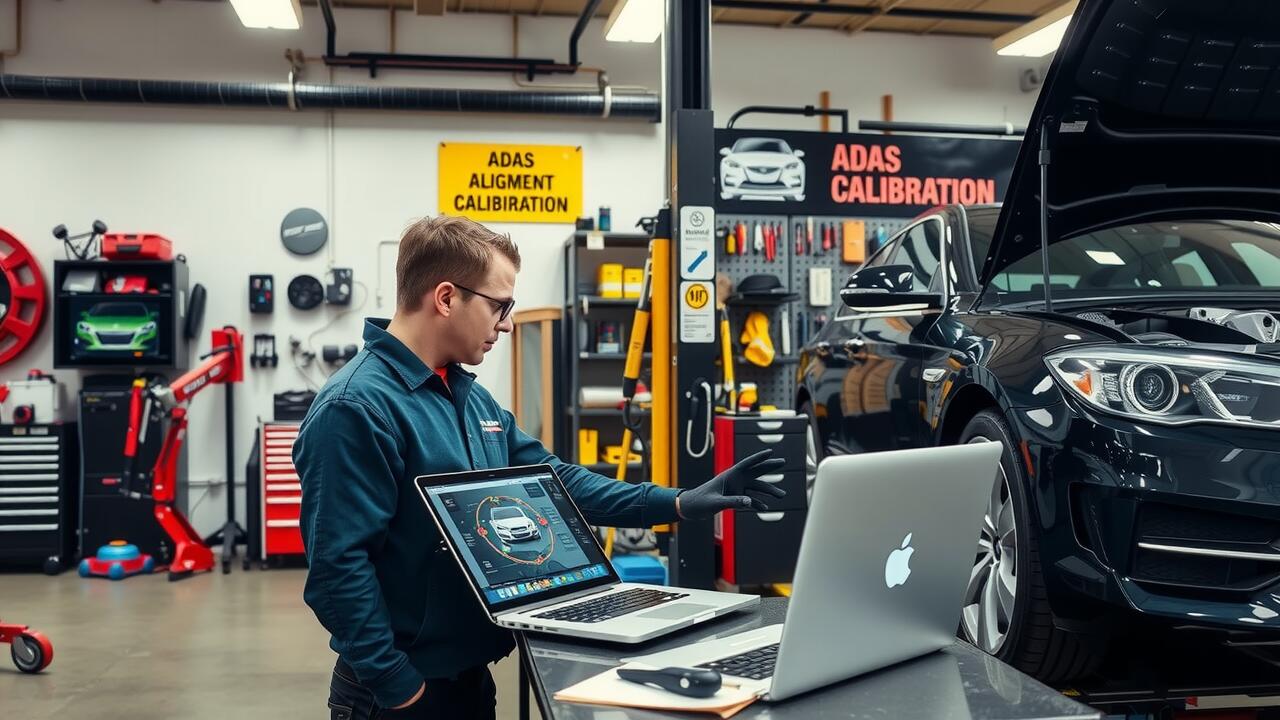
Table Of Contents
Cost Considerations for ADAS Calibration
ADAS camera calibration involves specific costs that can vary widely depending on the service provider and the complexity of the vehicle's systems. Spending can range from a few hundred to several thousand dollars, influenced by factors such as the type of calibration required—static or dynamic—and the technology used in the vehicle. Dealerships may charge more due to specialised knowledge and factory equipment, while independent shops might offer competitive pricing.
The investment in ADAS camera calibration should be weighed against the potential safety implications it offers. Accurate calibration ensures that advanced driver assistance systems function correctly, which can prevent accidents and reduce the risk of liability. The initial outlay might seem significant, yet the long-term benefits of enhanced safety and vehicle performance can justify the costs involved.
Analyzing the Expense vs. Safety Benefits
The expense associated with ADAS camera calibration can be a concern for many vehicle owners. However, the benefits of properly calibrated systems often outweigh these costs. Advanced Driver Assistance Systems play a crucial role in accident prevention and enhancing overall road safety. When these systems function optimally, they can significantly reduce the likelihood of collisions, protect occupants, and even lower insurance premiums in some cases. Investing in calibration provides peace of mind, knowing that safety features are working as intended.
Neglecting calibration can lead to inaccurate readings and malfunctioning safety systems, which may result in serious repercussions. The risks associated with poorly calibrated ADAS can extend beyond personal safety to legal liabilities. Drivers must consider the potential cost of accidents due to malfunctioning systems, which can far surpass the initial expense of calibration. Prioritising best practices in ADAS camera calibration not only ensures compliance with industry standards but also fosters a safer driving environment for all road users.
DIY Calibration vs. Professional Services
DIY calibration of Advanced Driver Assistance Systems (ADAS) cameras may seem like a cost-effective option for some vehicle owners. With access to online tutorials and basic tools, tech-savvy individuals might feel inclined to attempt calibration themselves. However, this approach can lead to a range of potential issues. Misalignment of sensors may result in compromised functionality, which could degrade the safety features designed to prevent accidents. The risks associated with inaccuracies often outweigh the initial savings on professional services.
Engaging a professional for ADAS camera calibration not only ensures accuracy but also adheres to manufacturer specifications. Experts typically possess the necessary equipment and experience to perform the calibration correctly, minimising the chance of errors that could endanger drivers and passengers. In addition, professional services often come with a warranty, providing further peace of mind. Vehicle owners can rest assured that their safety systems are operating optimally, which is crucial for effective road safety.
Understanding the Risks of Self-Calibrating ADAS
Self-calibrating Advanced Driver Assistance Systems (ADAS) can pose significant risks if not done correctly. Many vehicle owners might believe that they can save money and time by attempting to calibrate the ADAS camera calibration themselves. However, improper calibration can lead to malfunctions in critical safety features, such as lane-keeping assist or adaptive cruise control. The consequences of these failures can range from minor inconveniences to severe accidents, highlighting the importance of adhering to industry standards.
Additionally, the technology involved in ADAS systems is complex and requires specialized knowledge and tools for accurate calibration. DIY methods might lack the precision necessary to ensure that all sensors and cameras are aligned according to manufacturer specifications. This misalignment can compromise overall vehicle performance and safety. Relying on professional services not only mitigates these risks but also ensures compliance with relevant safety regulations, providing peace of mind for vehicle owners and passengers alike.
Regulatory Standards and Requirements
In Australia, the implementation of regulatory standards for Advanced Driver Assistance Systems (ADAS) ensures that vehicles meet the required safety benchmarks. These regulations outline specific protocols for ADAS camera calibration, leading to improved vehicle performance and safety features. Compliance with these standards is essential for ensuring that the advanced technologies in vehicles function correctly and reliably, providing drivers with the necessary support on the road.
Neglecting proper ADAS camera calibration can result in vehicles failing safety inspections or experiencing reduced functionality in driver assistance features. This lack of adherence to regulatory requirements can put both vehicle occupants and other road users at risk. Therefore, clear guidelines exist to govern the calibration process, helping to maintain high safety standards across the Australian automotive sector.
Compliance with Australian Vehicle Safety Regulations
Australia has stringent regulations governing vehicle safety, including those pertaining to Advanced Driver Assistance Systems (ADAS). Compliance with these regulations is essential for ensuring that vehicles are equipped with systems that function correctly and enhance road safety. ADAS camera calibration plays a critical role in meeting these standards. Accurate calibration ensures that the safety features, such as lane-keeping assist and adaptive cruise control, work effectively, thereby reducing the risk of accidents.
Failure to comply with these regulations can lead to significant consequences, including penalties and increased liability in the event of an accident. Automotive professionals must stay informed about the latest regulatory updates and ensure that ADAS camera calibration is performed to meet specific safety criteria. Furthermore, maintaining compliance promotes consumer confidence and supports the ongoing development of safer vehicle technologies on Australian roads.
FAQS
What is ADAS calibration?
ADAS calibration refers to the process of aligning and adjusting Advanced Driver Assistance Systems to ensure they function correctly after a vehicle has been repaired or serviced.
Why is ADAS calibration important?
ADAS calibration is crucial for ensuring the safety features of a vehicle, such as lane-keeping assistance and adaptive cruise control, operate accurately. Proper calibration can prevent accidents and enhance overall vehicle functionality.
Can I perform ADAS calibration myself?
While some may consider DIY calibration, it is generally not recommended due to the complexity and precision required. Professional services have the necessary tools and expertise to ensure accurate calibration, minimising risks.
What are the potential risks of self-calibrating ADAS?
Self-calibrating ADAS can lead to improper alignment, which may cause safety features to malfunction. This increases the risk of accidents, potentially endangering the driver, passengers, and others on the road.
Are there regulatory standards for ADAS calibration in Australia?
Yes, ADAS calibration must comply with Australian Vehicle Safety Regulations. These regulations ensure that vehicles meet safety standards and that ADAS systems function as intended to protect road users.
